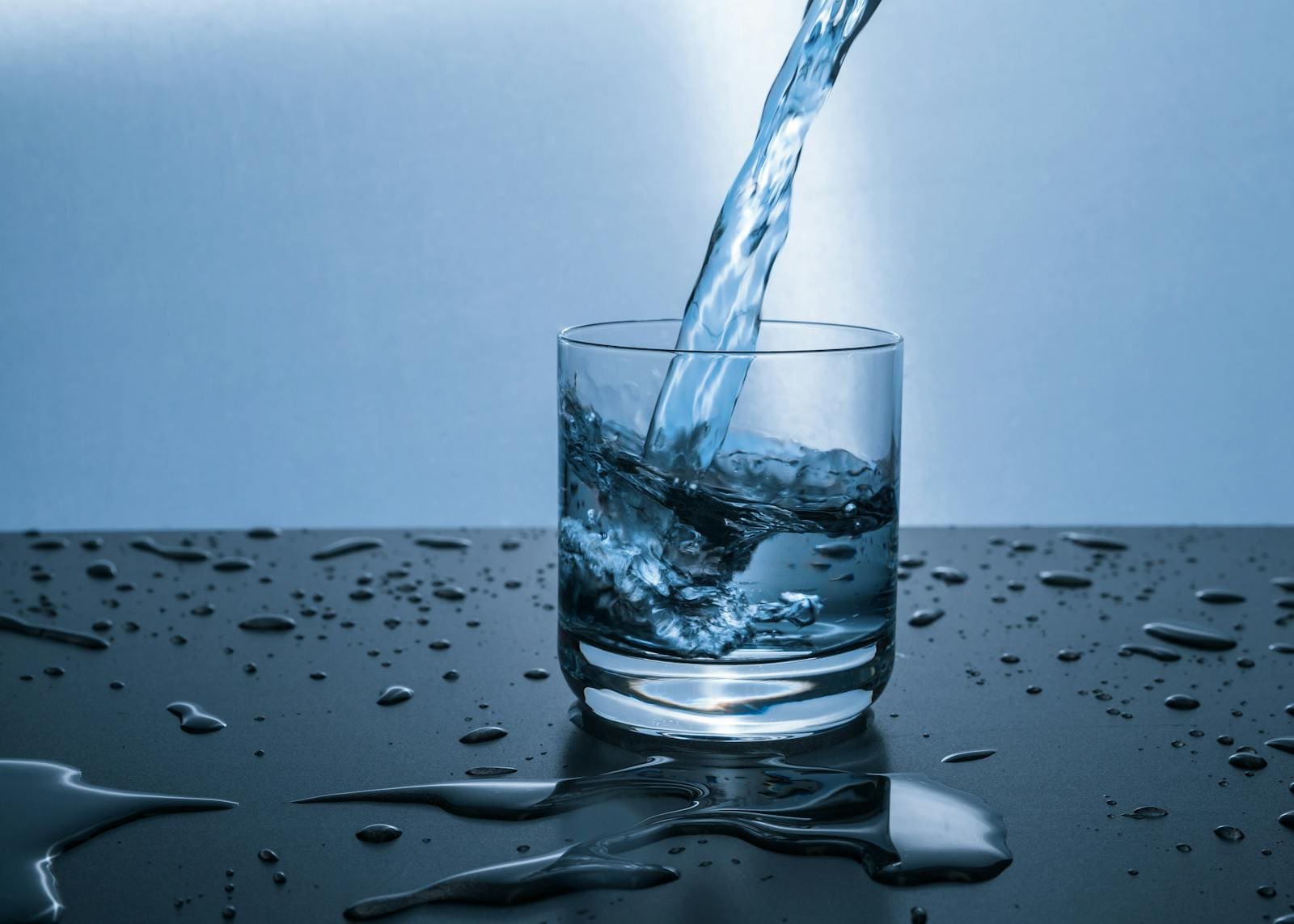How essential is clean drinking water to a state’s overall livability? Today, we’re diving into water quality across the U.S. to find out which states boast the purest, most refreshing water.
Our rankings are based on a combination of the EPA’s weighted points system from the Safe Drinking Water Act and real-life experiences from residents. From best to worst, here’s how each state stacks up when it comes to drinking water quality.
Hawaii
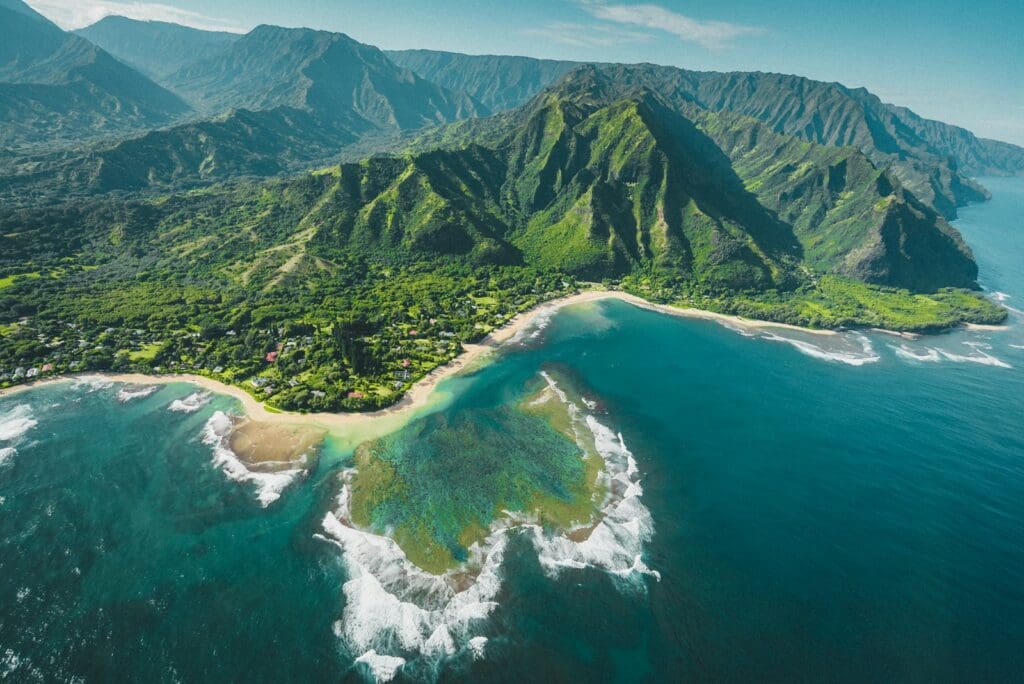
According to the EPA, Hawaii’s water is the cleanest in the country. That might be surprising for some people, given the island state is in the middle of the Pacific Ocean. However, it receives water from the numerous volcanic peaks running off to the coast, furnishing the state with clean and clear drinking water.
South Carolina
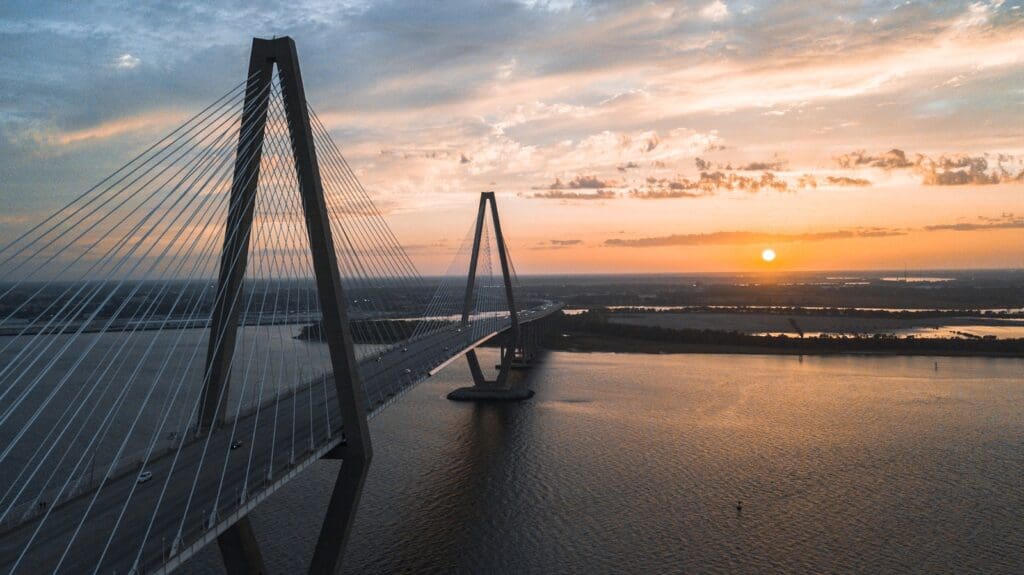
South Carolina, particularly the Upstate region in the northwest corner of the state, boasts the cleanest, clearest drinking water in the continental US. People in Greenville and the surrounding regions rarely buy bottled water because their tap water is essentially identical and much cheaper.
Alabama
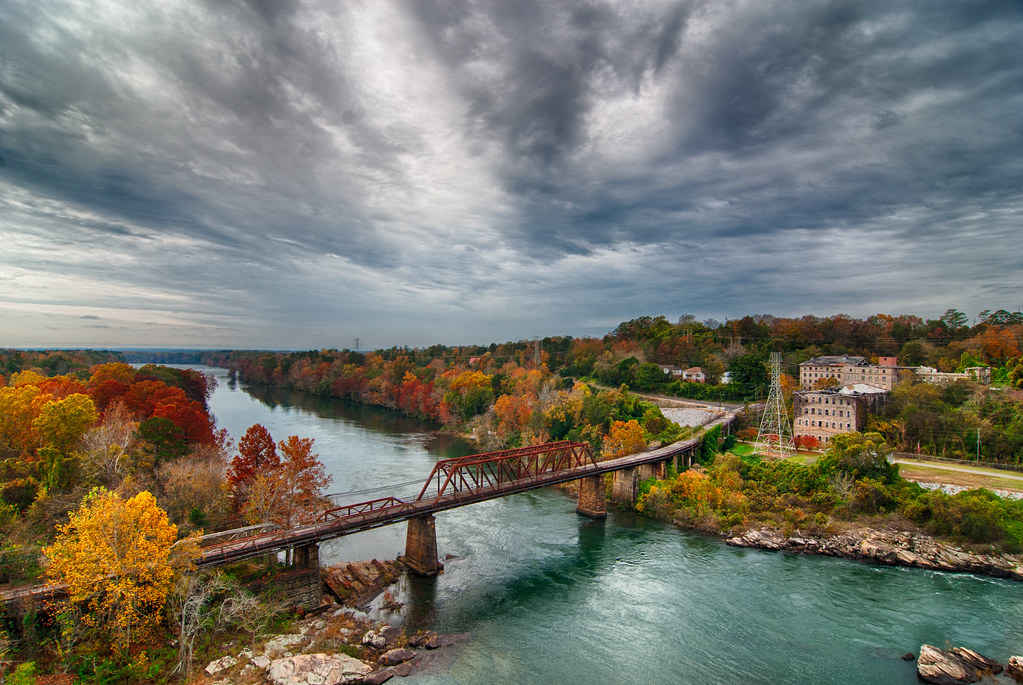
Alabama ranks very highly on this list due to its low number of violations in its public water system. While some locals have complained of trouble with their drinking water in Western regions of the state, as an aggregate Alabama offers very clean tap water for its residents.
Rhode Island
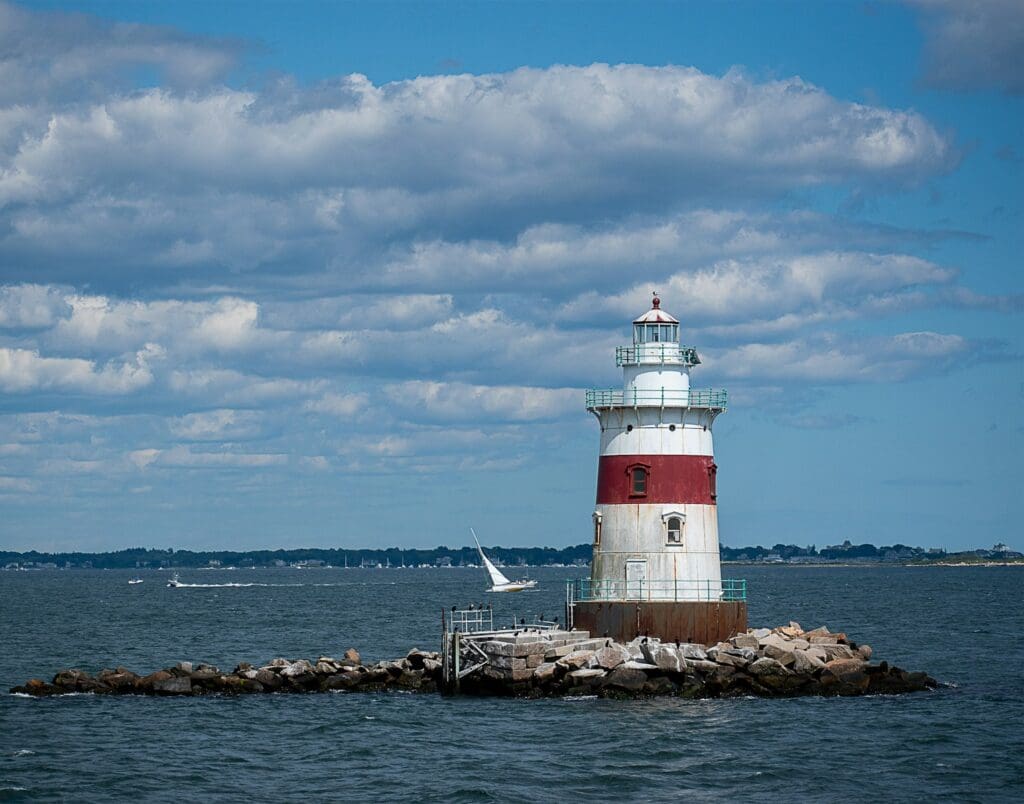
Rhode Island is a very small state, but it’s also replete with natural water resources to keep its small population from getting thirsty. The state also has a board that monitors water quality and keeps the water table from becoming polluted.
South Dakota
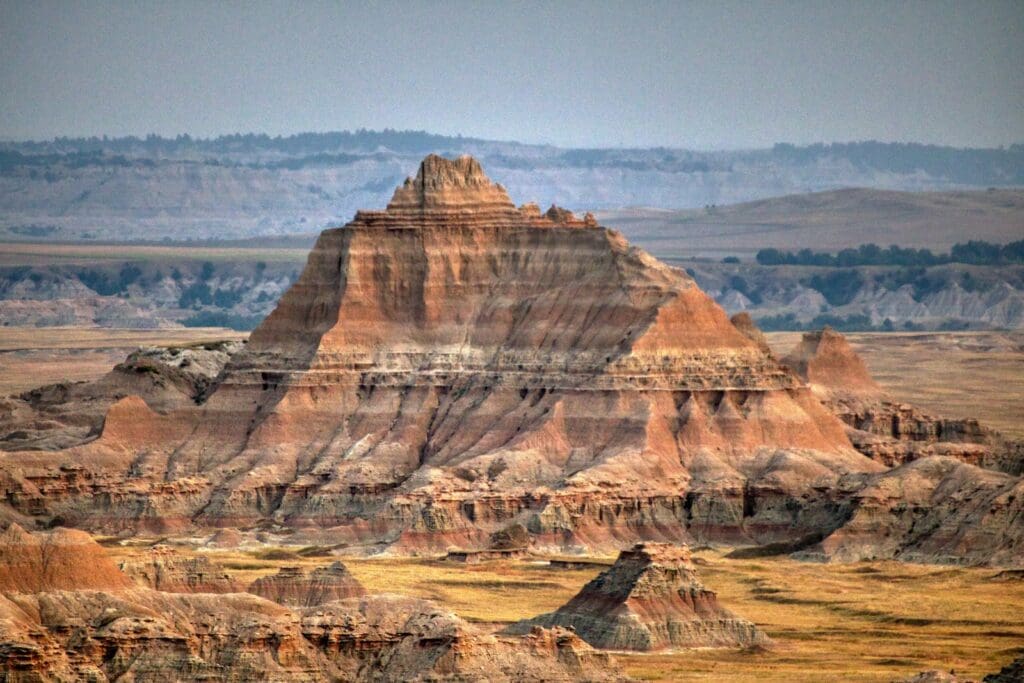
South Dakota is a very remote state that takes pride in its exceptional water quality. Around 95% of all customers in the state have water that meets all health standards and South Dakota has won the Secretary’s Award for Drinking Water Excellence for 16 years in a row at the time of this writing.
Minnesota
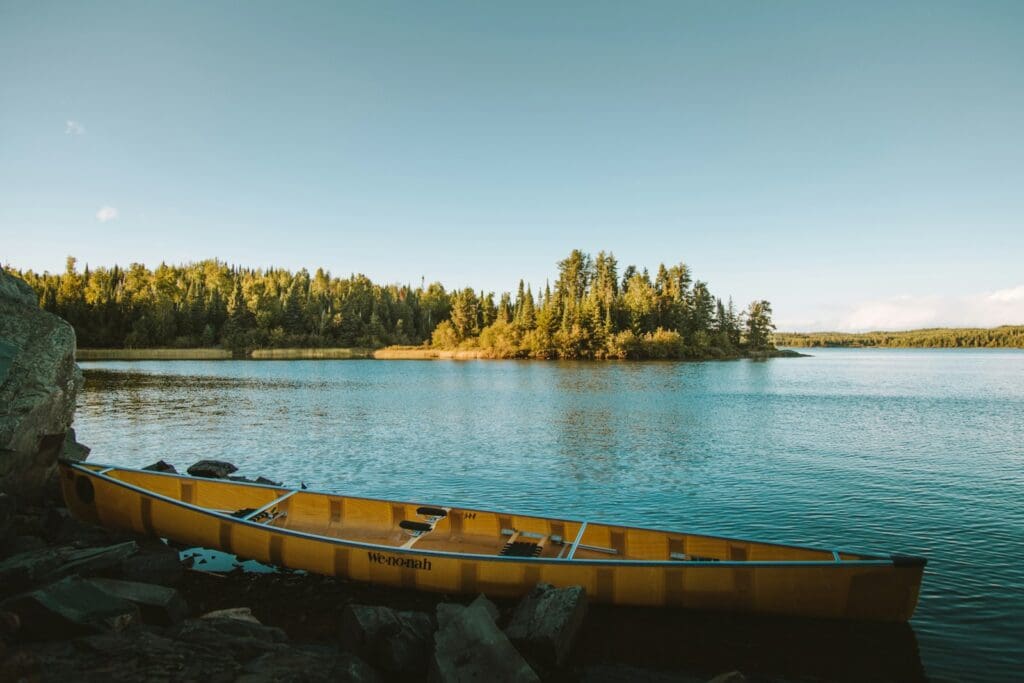
It should come as no surprise that Minnesota’s drinking water is great due to the state’s Department of Health focuses so heavily on the natural water resources. They offer grants and coordinate training for plant operators to keep the state’s water up-to-code.
New Hampshire
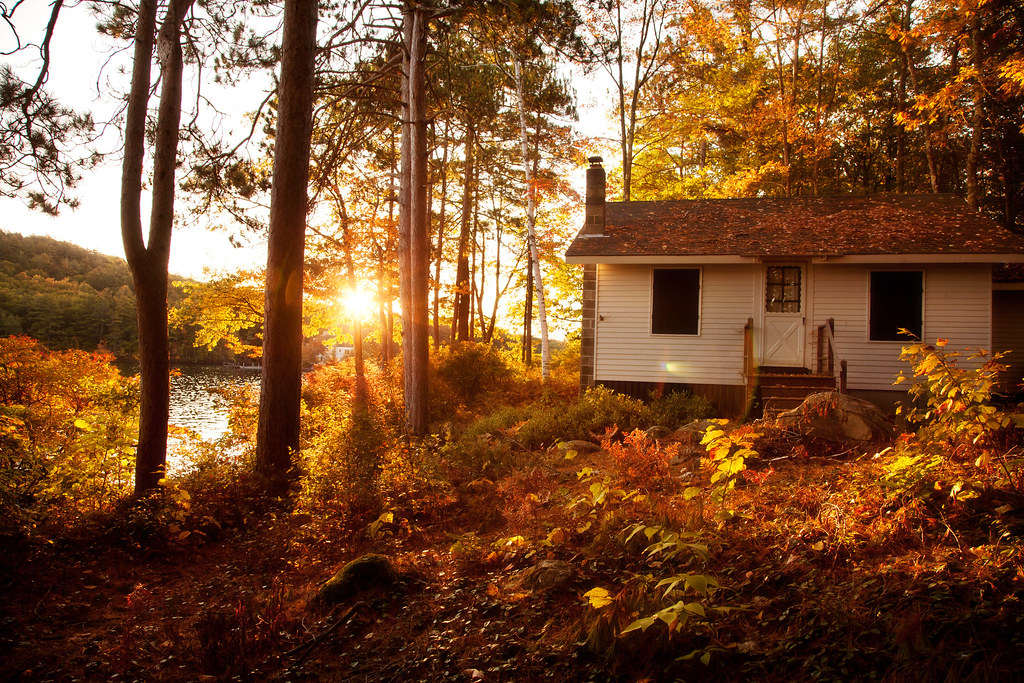
New Hampshire’s high placement on this list is due to its very strict water standards. In fact, they’re stricter than the EPA’s national standards! The state’s testing includes sensing water table contaminants that other states might not screen for like PFAS.
Connecticut
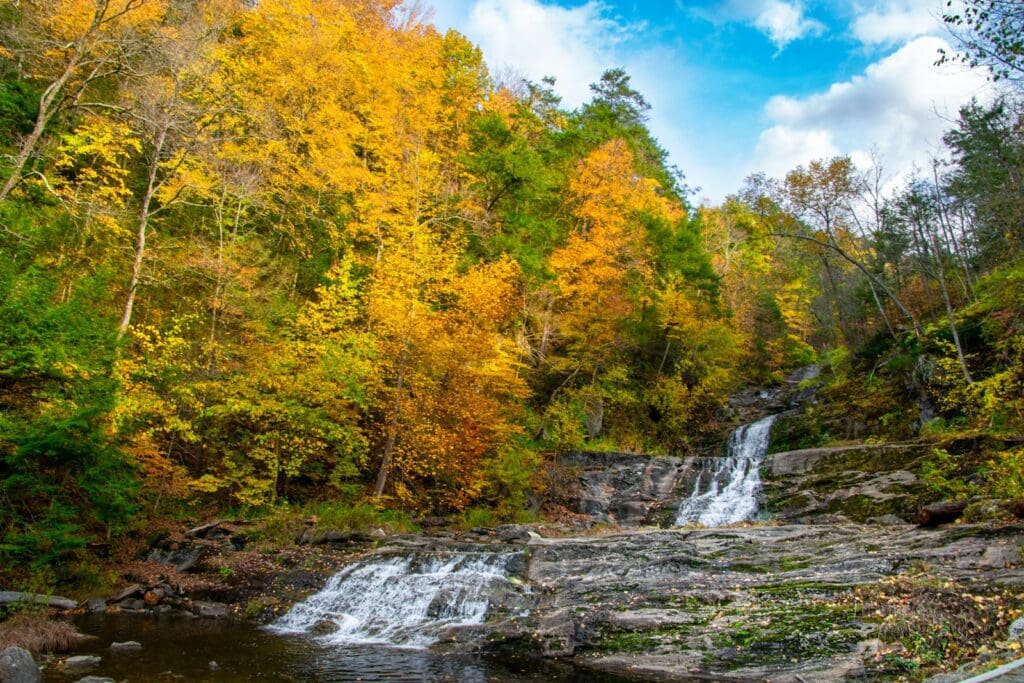
Connecticut is, strangely enough, one of only two states in the country that prohibits wastewater treatment plants from dumping their runoff into the public water supply. This means the state’s watershed is much cleaner than many of the surrounding states in New England.
Vermont
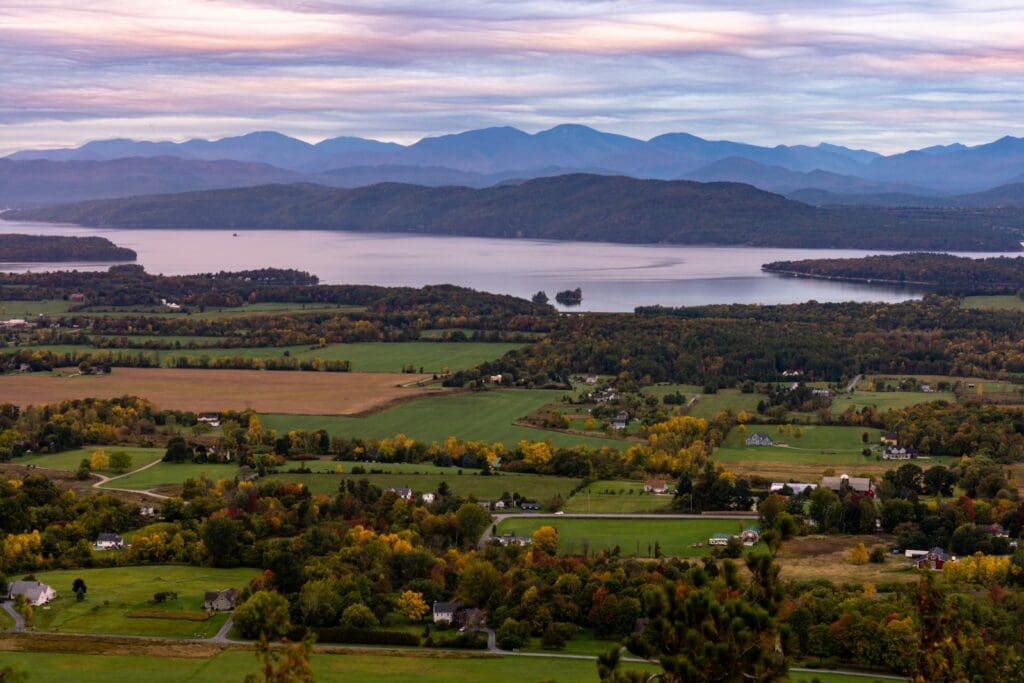
Vermont’s water is genuinely excellent due to the state’s close guard over its watershed. Over two-thirds of people in Vermont get their drinking water from protected areas that the state keeps pristine. In polls, the majority of these customers say they’re very satisfied with their water.
Kansas
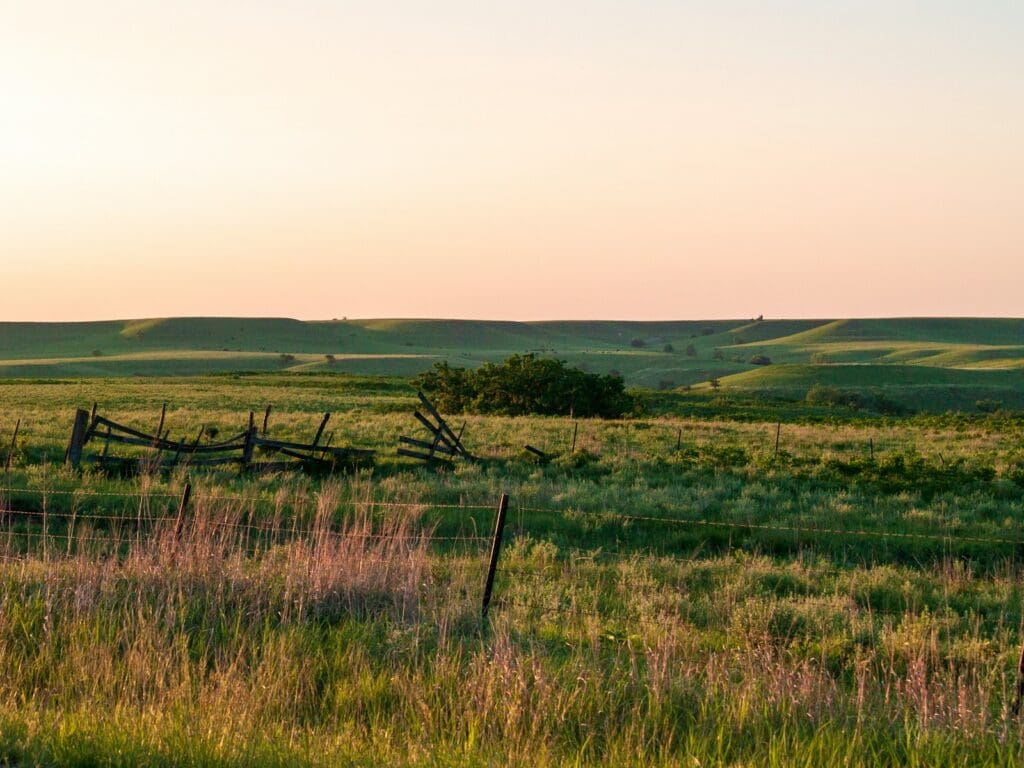
The Bureau of Water for the Kansas Department of Health and Environment reportedly works tirelessly to keep the state’s drinking water clean and up-to-code. In fact, the Bureau’s director says over 95% of people in Kansas get their tap water from reservoirs that exceed federal regulations.
Missouri
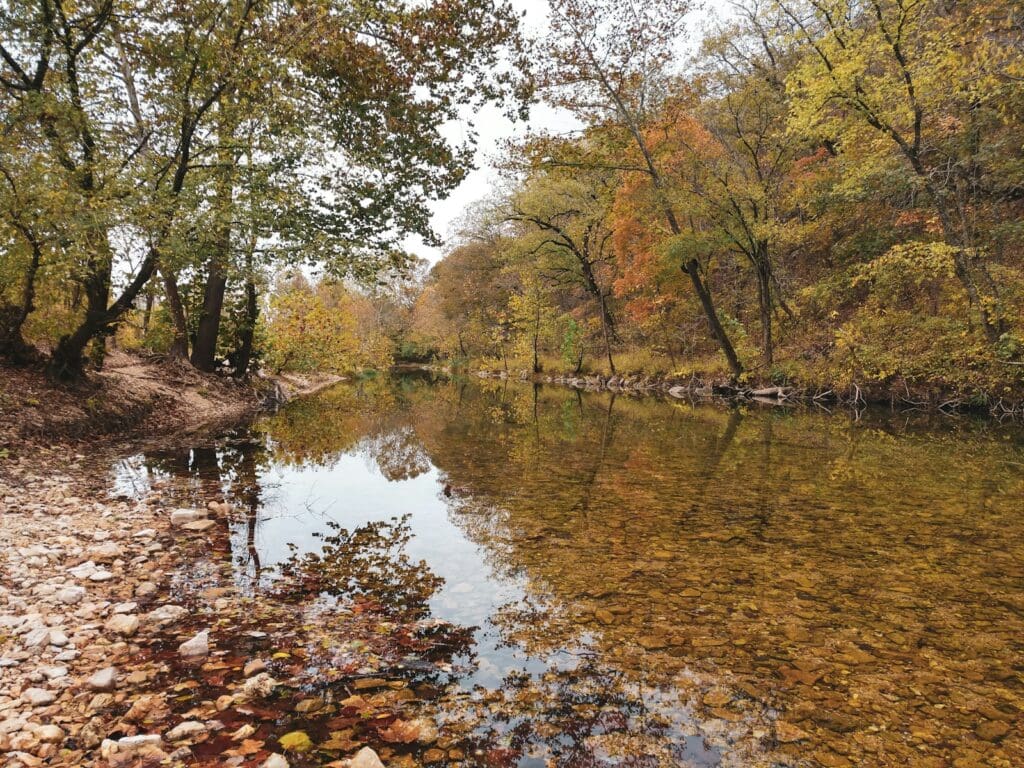
Missouri’s tap water routinely ranks highly among tap water taste tests according to experts. The only reason it’s not ranked any higher is because it’s ranked number 22 overall in the EPA’s points system, meaning the watershed has more violations than nearly half of the US’s states.
Oregon
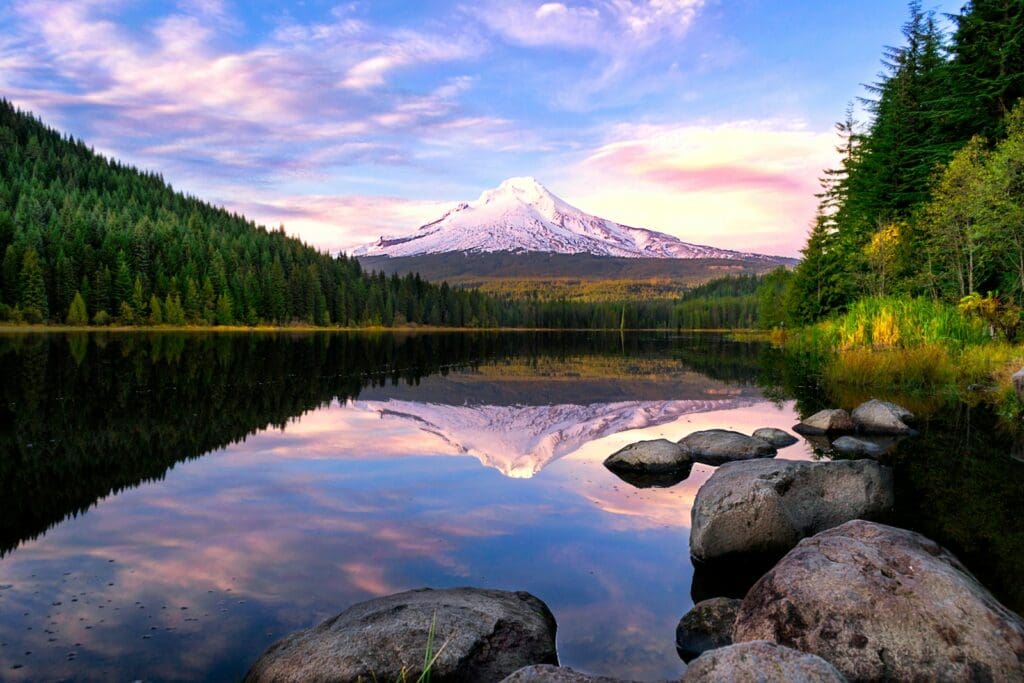
The Bull Run Watershed in the Pacific Northwest is home to some of the cleanest water in the country. Despite this, it’s ranked number 39 according to the EPA. This is mainly due to regions of the state that aren’t supplied water from the Bull Run Watershed and instead source their water from smaller treatment plants.
Massachusetts
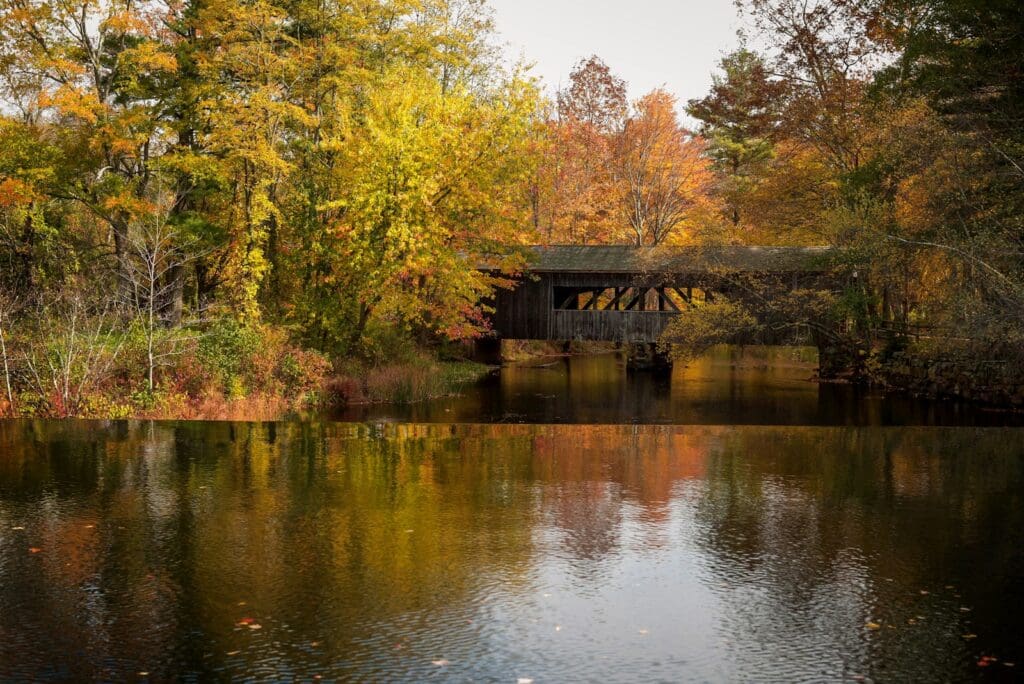
Massachusetts is ranked number 5 overall on the EPA’s scale of infractions and possesses some of the strictest drinking water standards in the country. This is evidenced by the existence of the Massachusetts Water Resources Authority, which closely monitors the state’s reservoirs and forests.
Tennessee
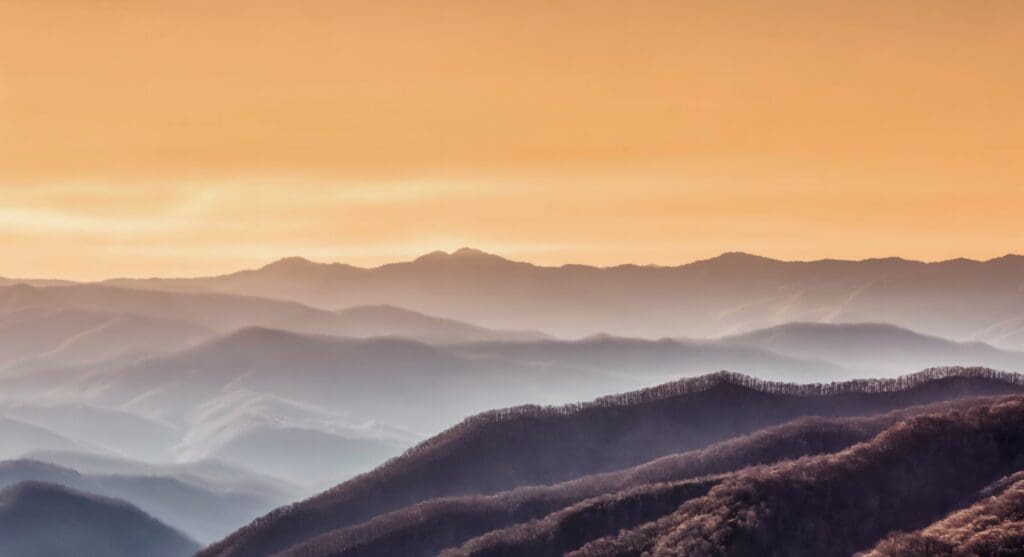
Tennessee ranks very highly on the EPA’s scale, coming in second overall. That puts them only behind Hawaii! Much of this is due to the state’s tight controls over drinking water and its reliable water table. The eastern portion of the state, in particular, is provided water by runoff from the Smoky Mountains.
Kentucky
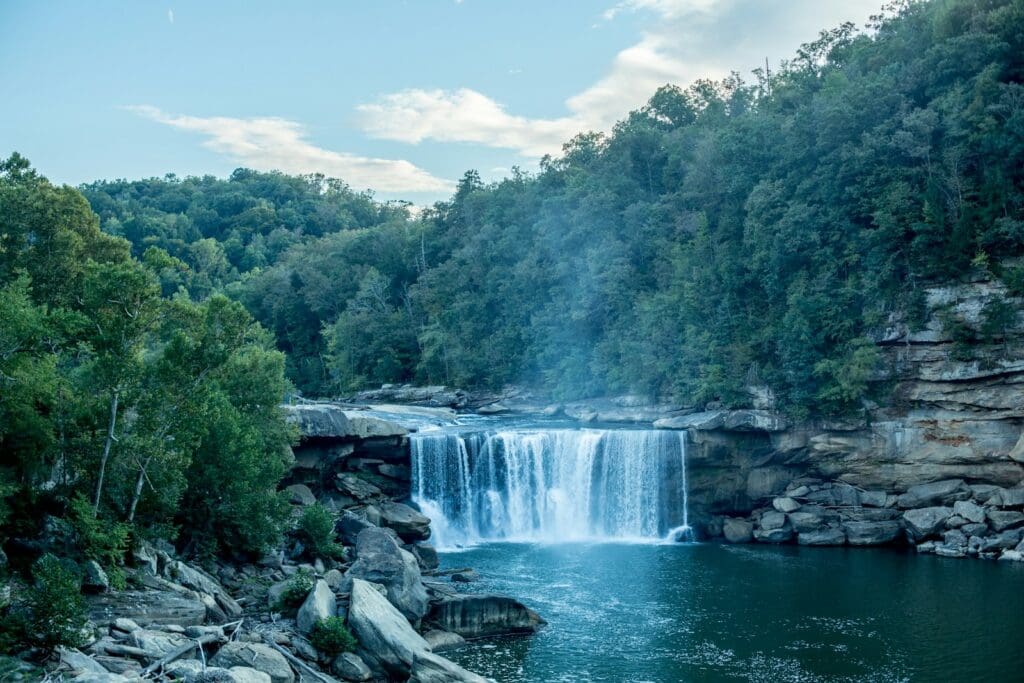
Kentucky ranks number 6 overall in the EPA ratings, but visitors have remarked that the drinking water isn’t particularly noteworthy. That said, the state enjoys very well-maintained natural environments, and its high-quality tap water is no exception to this trend.
Maryland
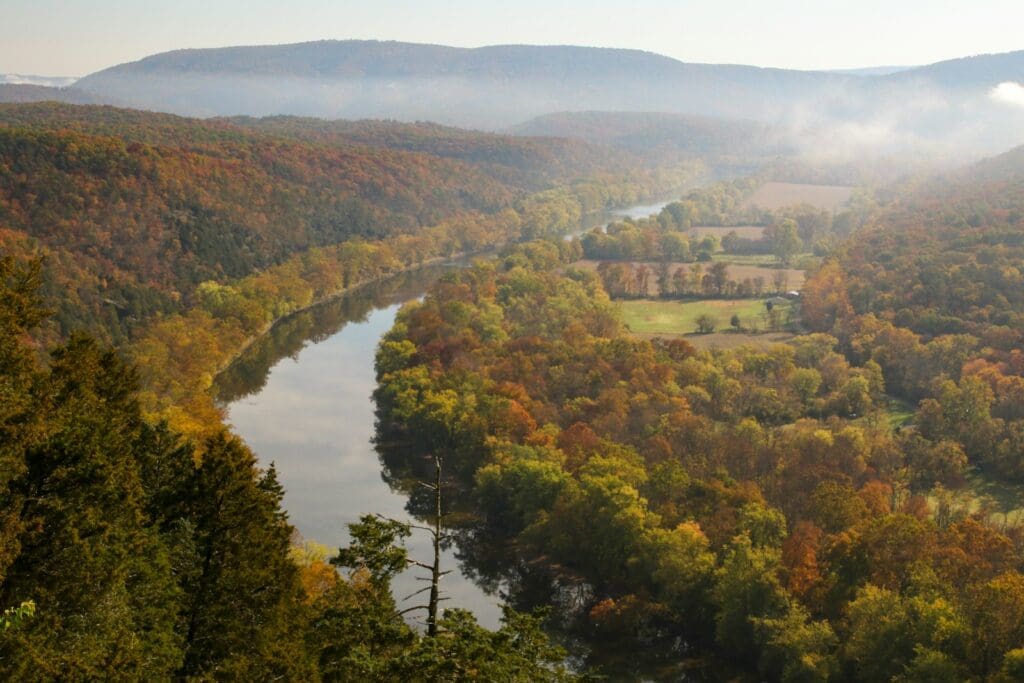
It’s impressive that Maryland’s drinking water scores as high as it does despite the state’s proximity to population centers like Washington DC and Baltimore. This location means that preserving its drinking water is a complex and involved job, but the state’s controls are working—it’s ranked ninth overall according to the EPA.
Delaware
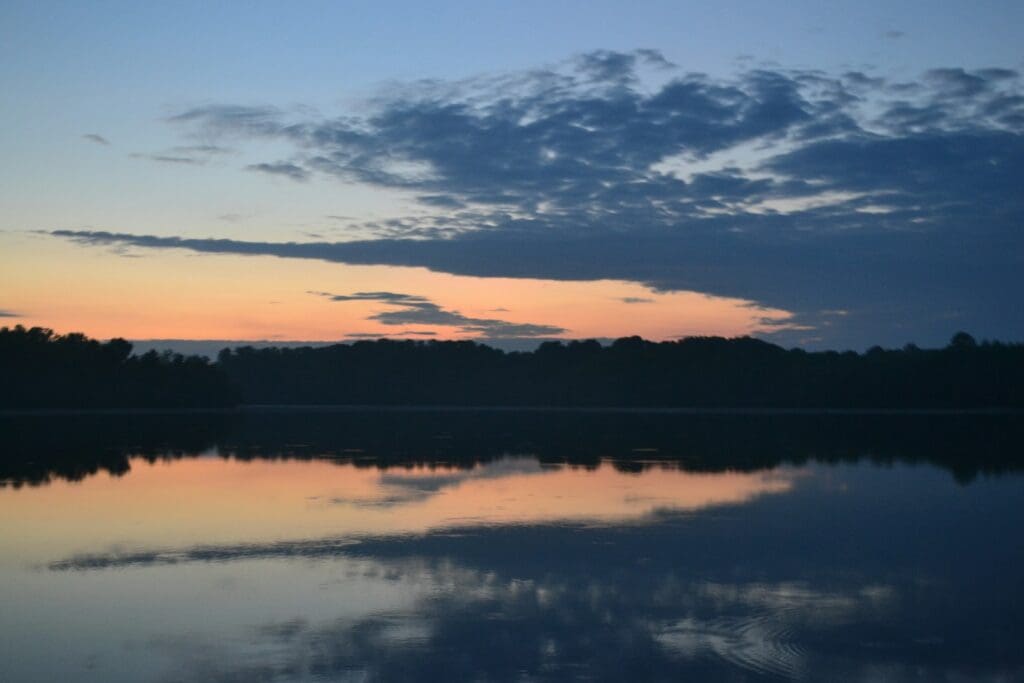
Delaware ranks very high on this list despite being a Mid-Atlantic state. It’s similar in this regard to Rhode Island, another small, coastal state that takes pride in preserving its watershed. The First State is ranked twelfth overall by the EPA.
Mississippi
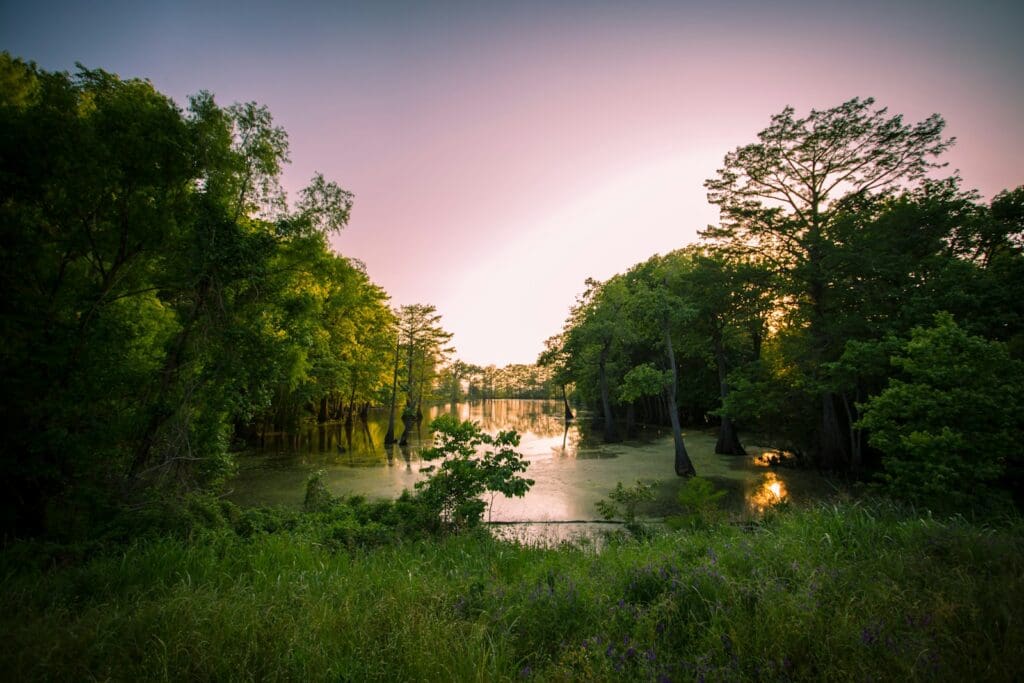
The Southern states vary in their drinking water quality but are largely regarded by the EPA as effective. Mississippi, for instance, takes number thirteen on the Agency’s list. This is likely due to the state’s many rivers and its access to a vast, clean water table.
Virginia
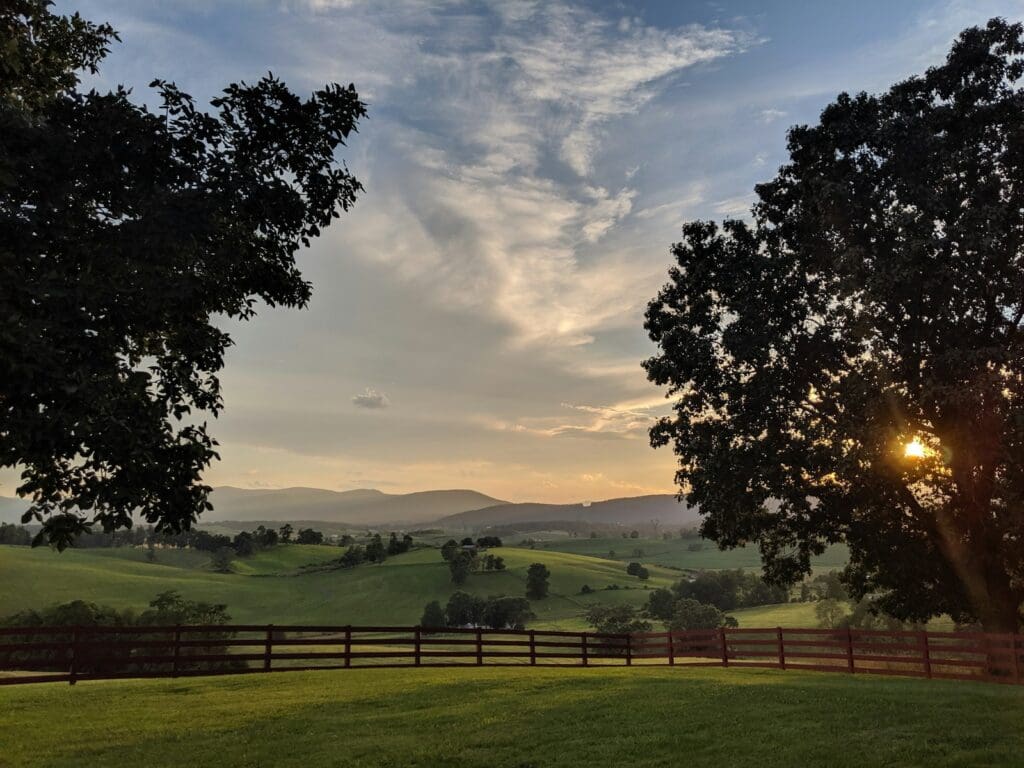
Virginia, like Maryland, is close to Washington DC and occupies a coastal location. Despite the hurdles of providing water to a large population, the state performs very well. The EPA ranks them fifteenth overall on their list of states’ water supplies.
North Carolina
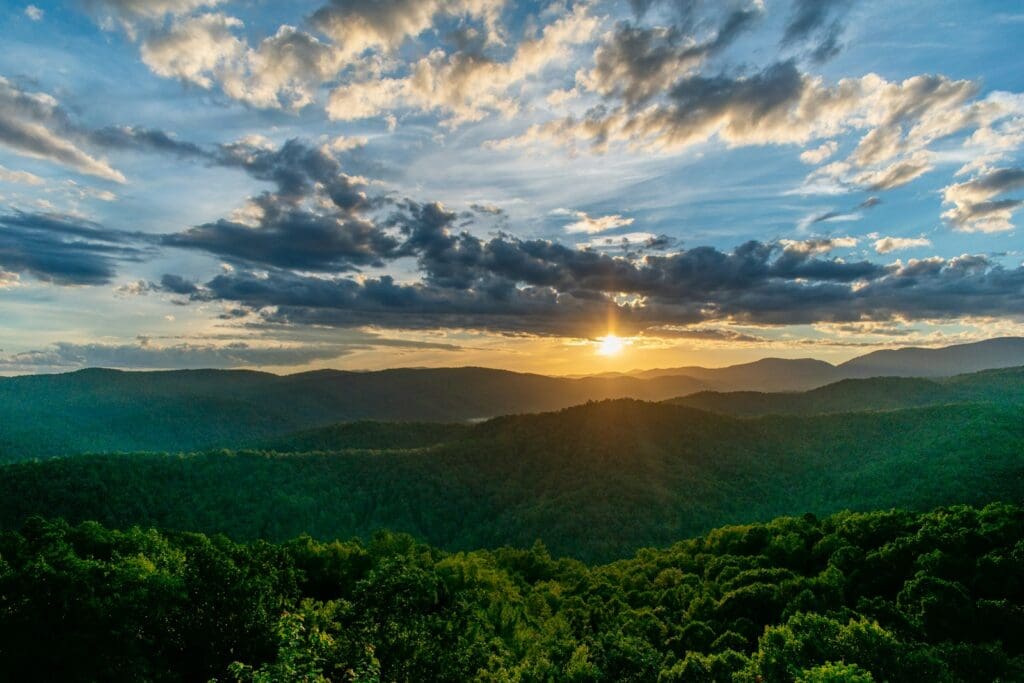
North Carolina is no South Carolina—especially when it comes to barbecue sauces and drinking water! That doesn’t mean the other Carolina has poor quality water, though. It boasts the sixteenth-best water quality in the country according to the EPA.
Nevada
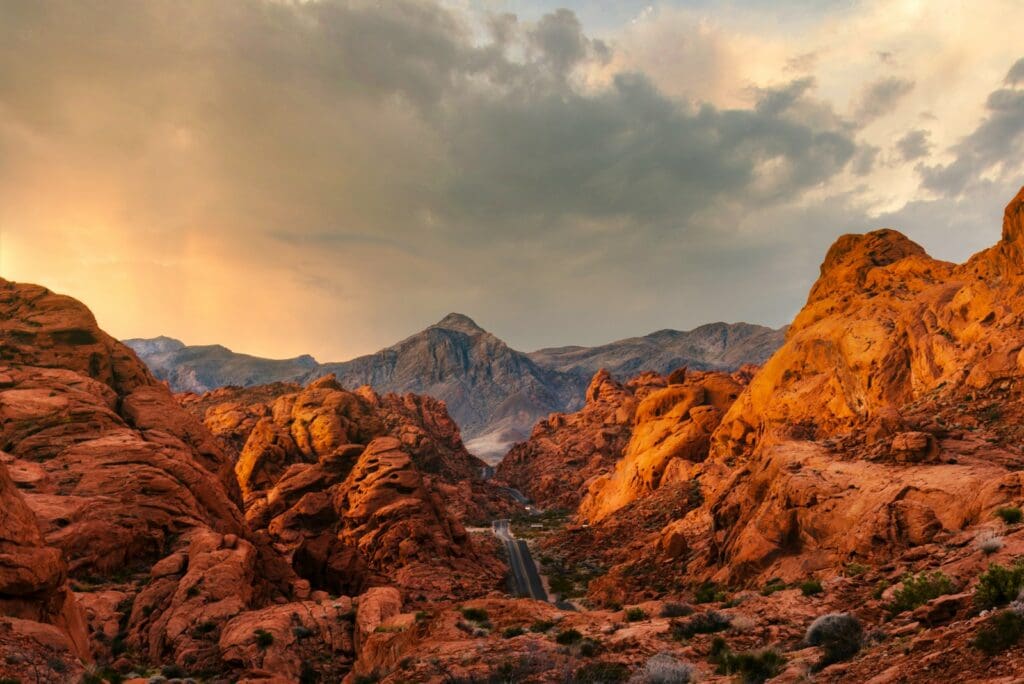
Nevada is mostly desert. That means that the task of providing water to its residents is complicated. Many of them are serviced by the Hoover Dam, which brings enough water to make it possible for people to even live in desert cities like Las Vegas.
North Dakota
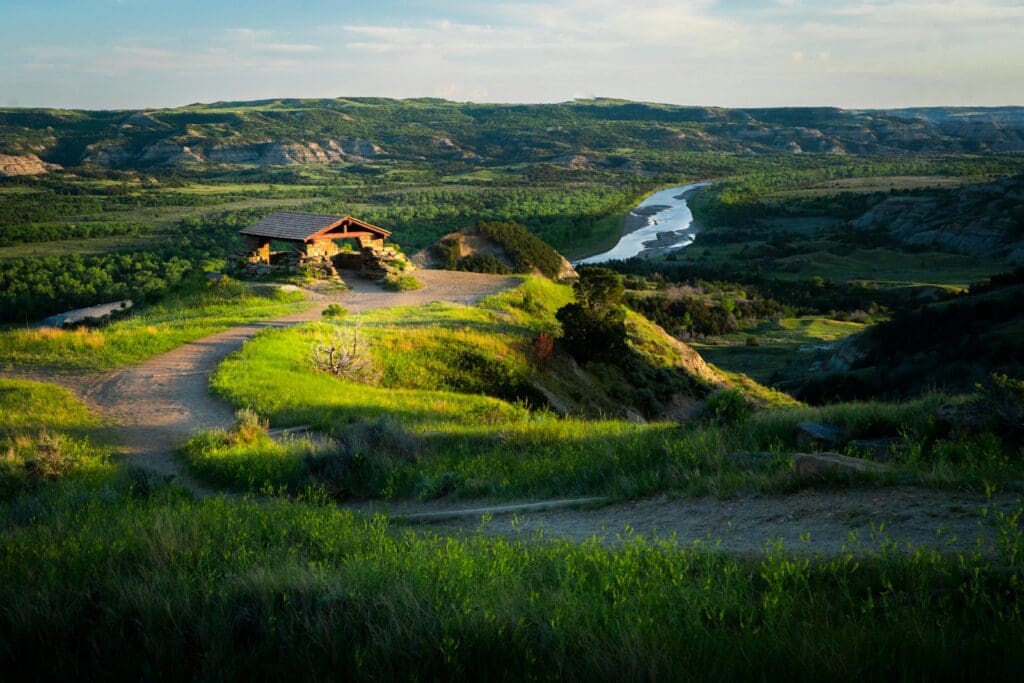
North Dakota also scores highly for its water like its Southern neighbor but is only eighteenth overall in the country according to the EPA. Ironically, this mirrors North and South Carolina, where the southern member of the pair ranks much higher in water quality.
New York
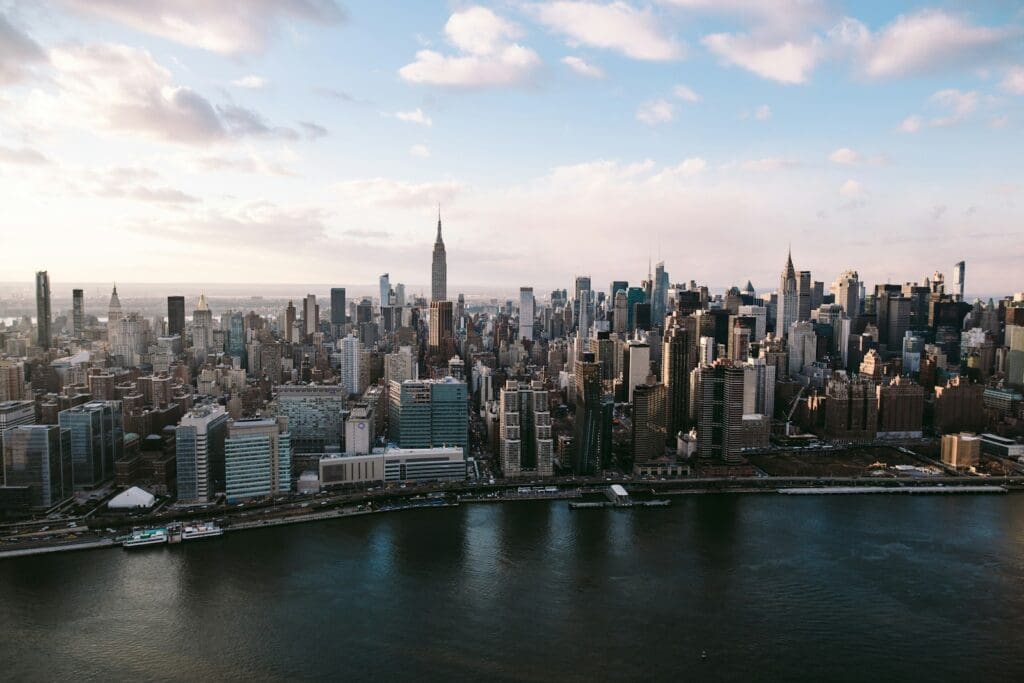
The process of providing clean drinking water to the residents of New York City alone is a monumentally time-consuming and expensive process. That the state ranks nineteenth overall to begin with speaks to what a Herculean effort its environmental agencies are undertaking.
Illinois
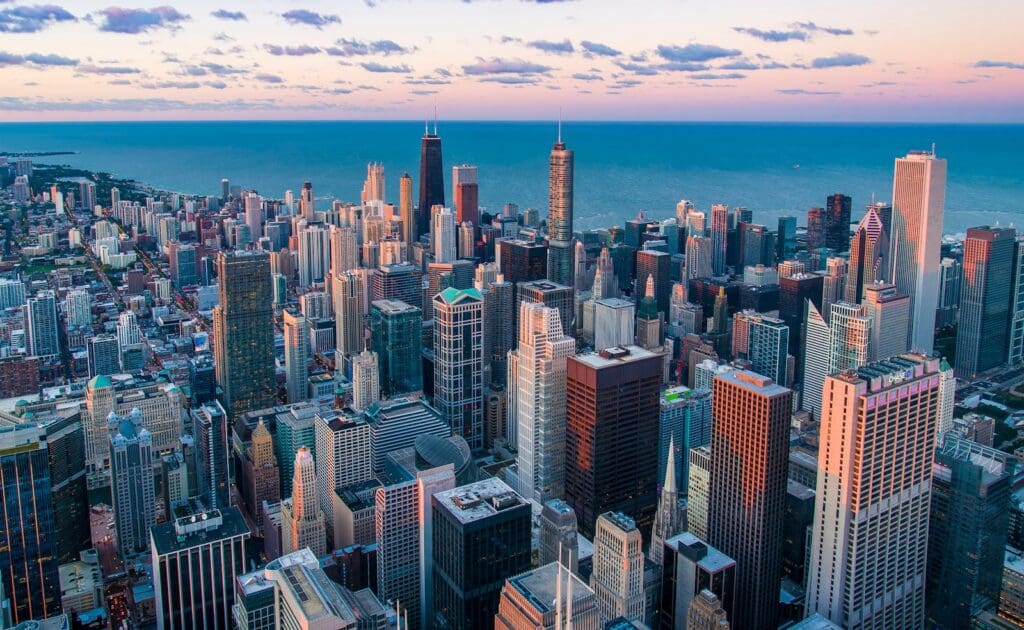
Chicago offers similar challenges to Illinois as New York City does to New York State. Still, Illinois ranks twenty-first overall according to the EPA, which is a testament to the dedication of the hard-working agencies providing the Windy City with clean water.
Utah
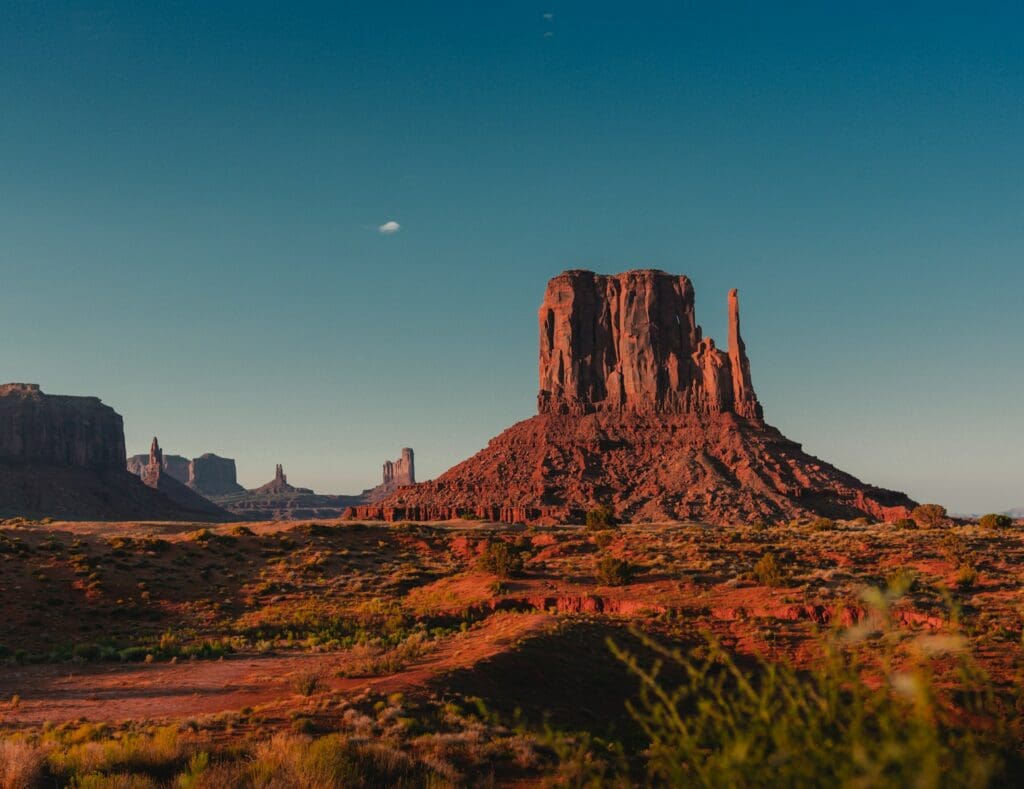
Utah ranks right down the middle in terms of water quality according to the EPA. The state’s high altitude and very salty water table offer some meaningful challenges for its environmental agencies to navigate. Still, it’s acceptable by national standards.
Arkansas
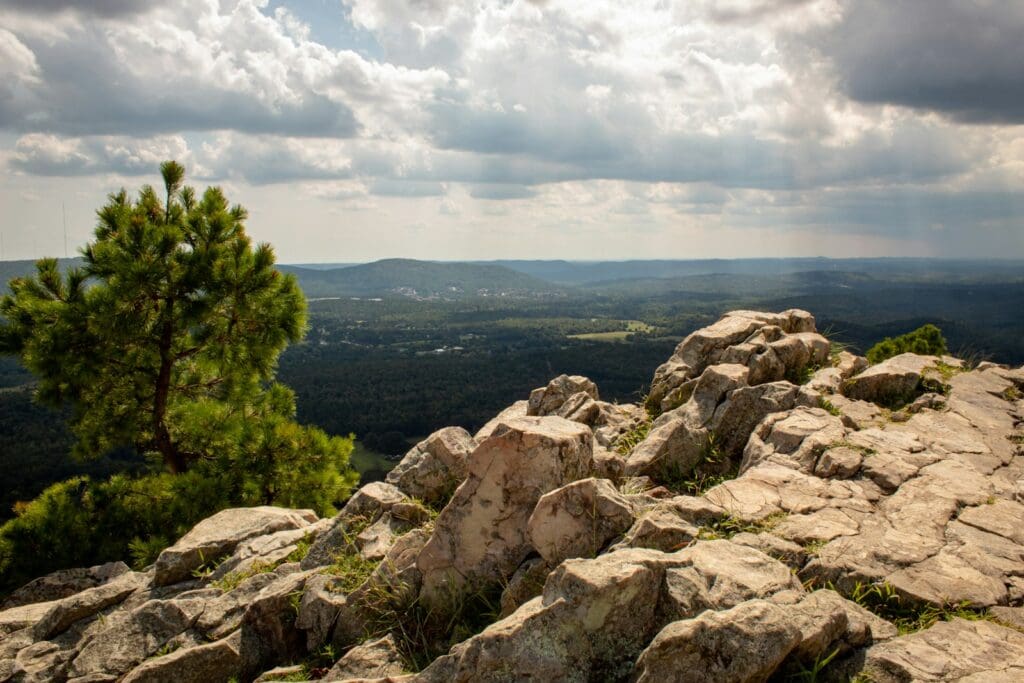
Also running right in the middle of the pack is Arkansas, which ranks 26 overall in the EPA’s points system. The Southern state is among the lowest ranked of its local area, which speaks to the relatively lax protections its environmental agencies have in place.
Nebraska
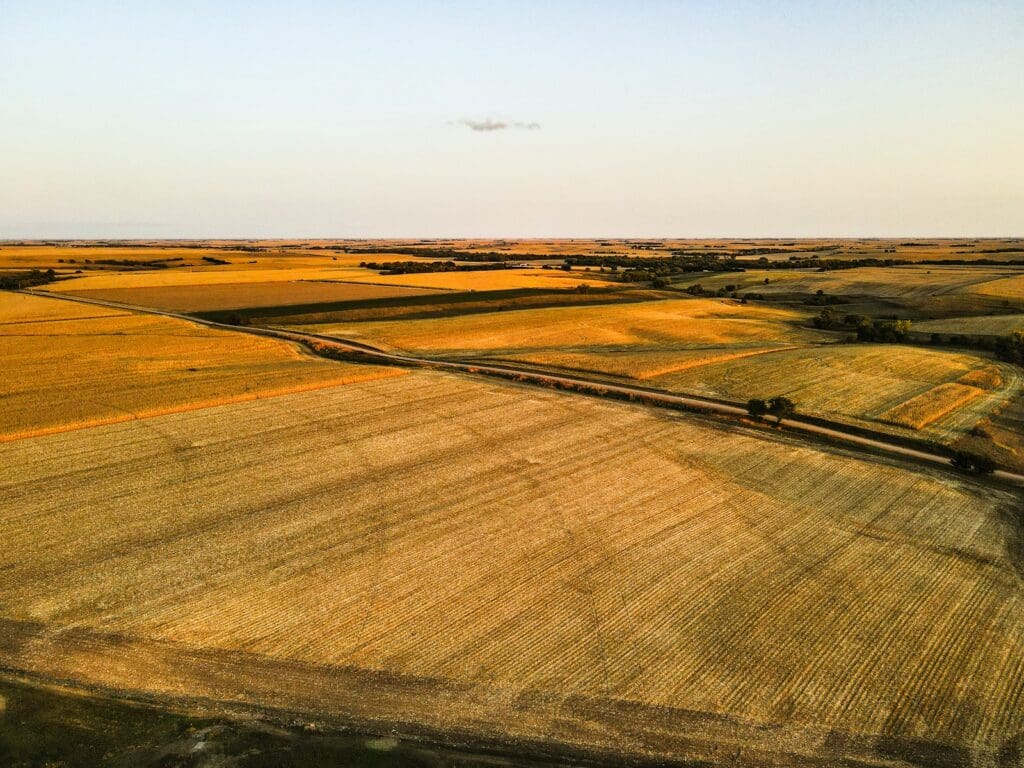
A bit lower on our list is Nebraska, a largely agricultural state that relies on cattle ranches for its economy. That means that nitrates are ever-present in the water table. However, the state’s authorities do their best to purify the tap water before it reaches residents.
Wisconsin
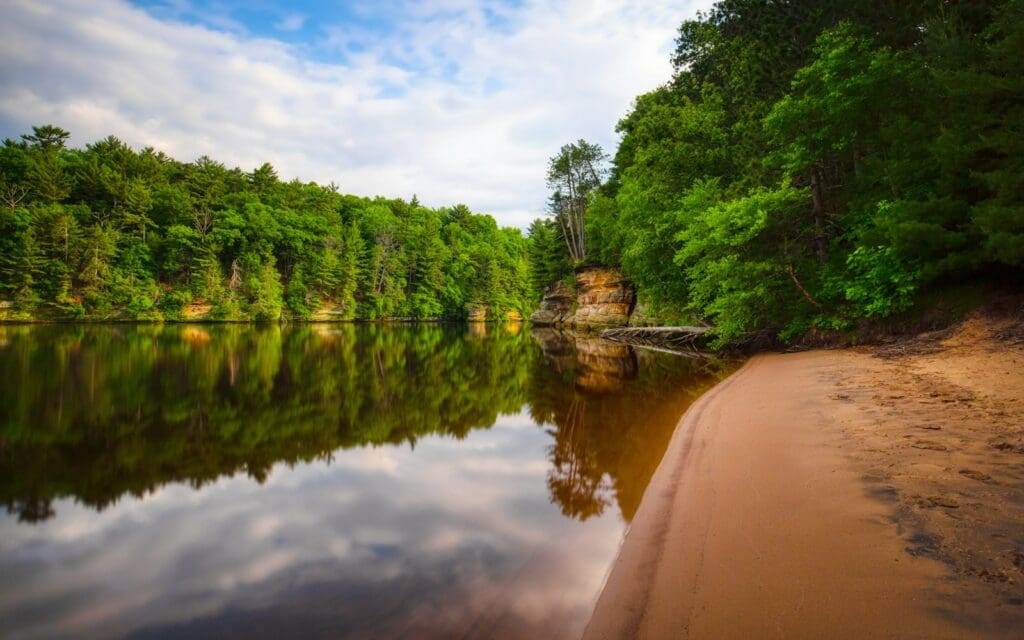
Wisconsin’s drinking water is nothing special. The state ranks twenty-eighth overall in the EPA’s scoring system, meaning there are more infractions there than in over half of the rest of the US. It’s a mediocre score, but not cause for alarm for residents.
Iowa
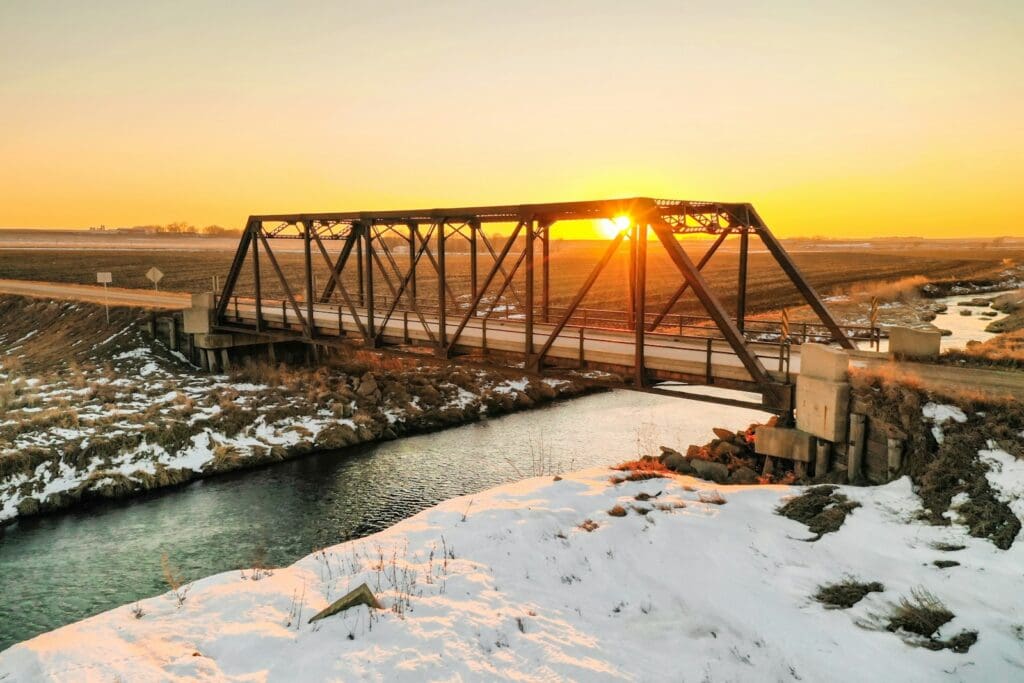
The relatively small state of Iowa ranks in the bottom half of the country in drinking water. Iowa’s reliance on farming for its economy is also a hindrance to its water tables. The EPA puts them at thirtieth overall, mainly due to its nitrate runoffs from nearby farms.
Colorado
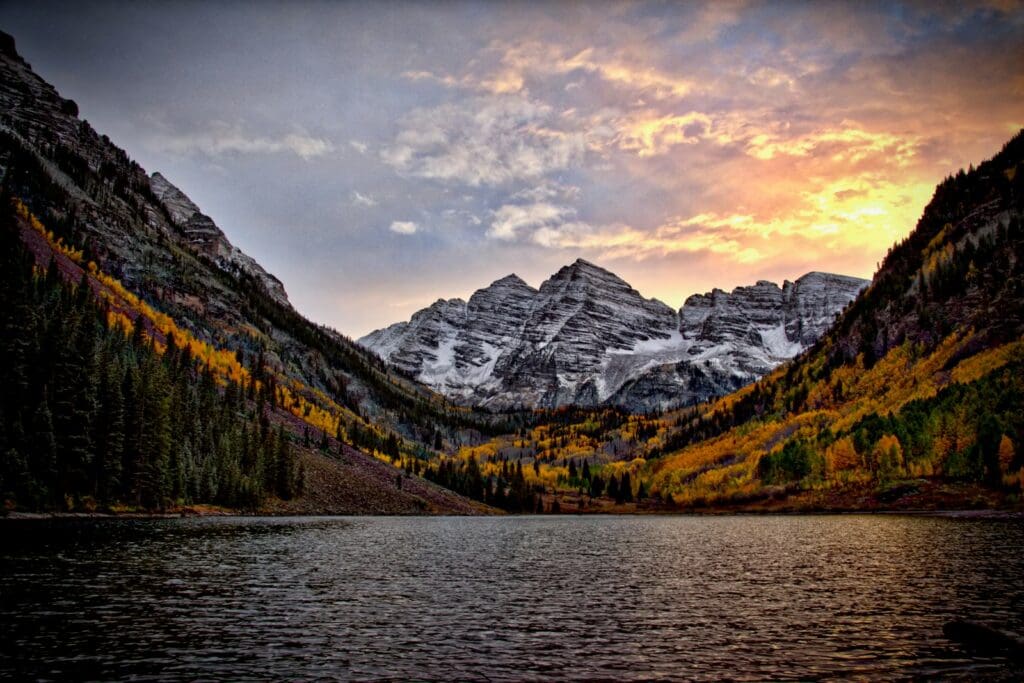
You might expect a high-altitude, mountainous state like Colorado to sport incredibly clean and pure tap water. You’d be wrong! Colorado is ranked thirty-second overall according to the EPA, which speaks to the difficulty of maintaining clean water when agriculture and mining are the two biggest economic factors in a state.
Louisiana
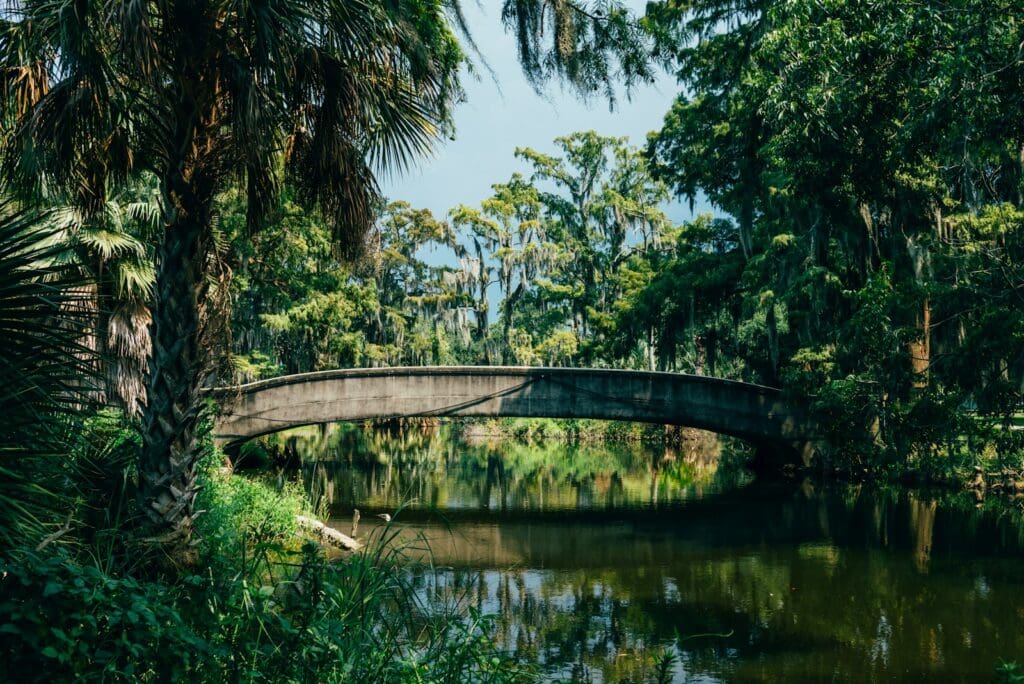
Much of Louisiana sits well under sea level and is surrounded by dense swamp and marshland. If you’ve ever been in the region, you understand why this means the water quality is less than ideal. Traveling through the region is visually stunning, but make sure you buy some bottled water.
Michigan
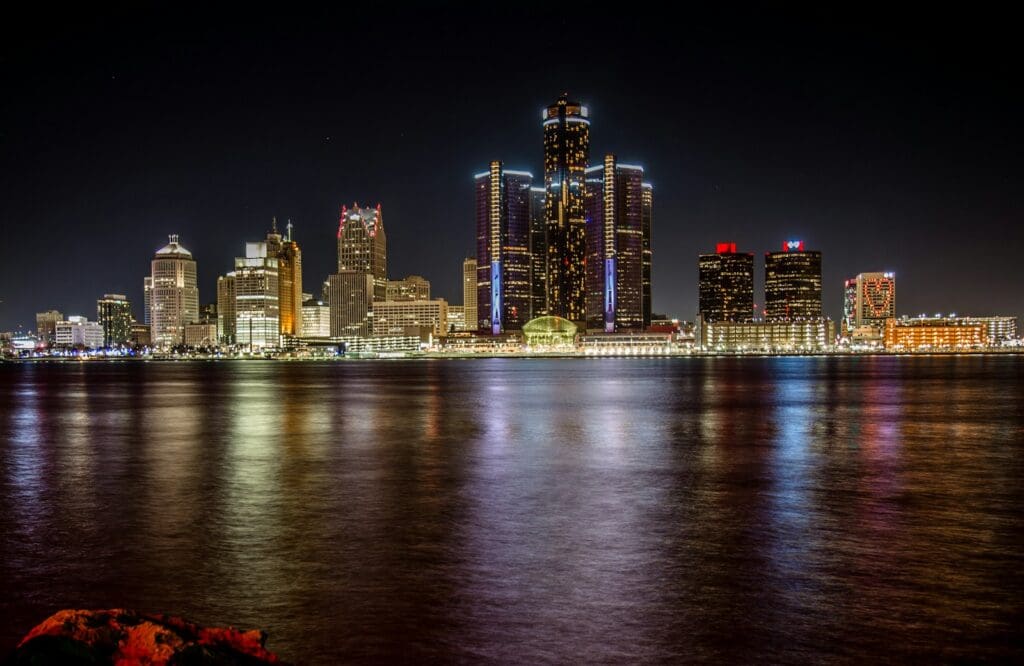
This one goes without saying: when a state relies heavily on industrial output for its economy, its water suffers. Flint, Michigan has been in the news for years due to its unacceptable water quality, and that applies to many other regions in the state.
Indiana
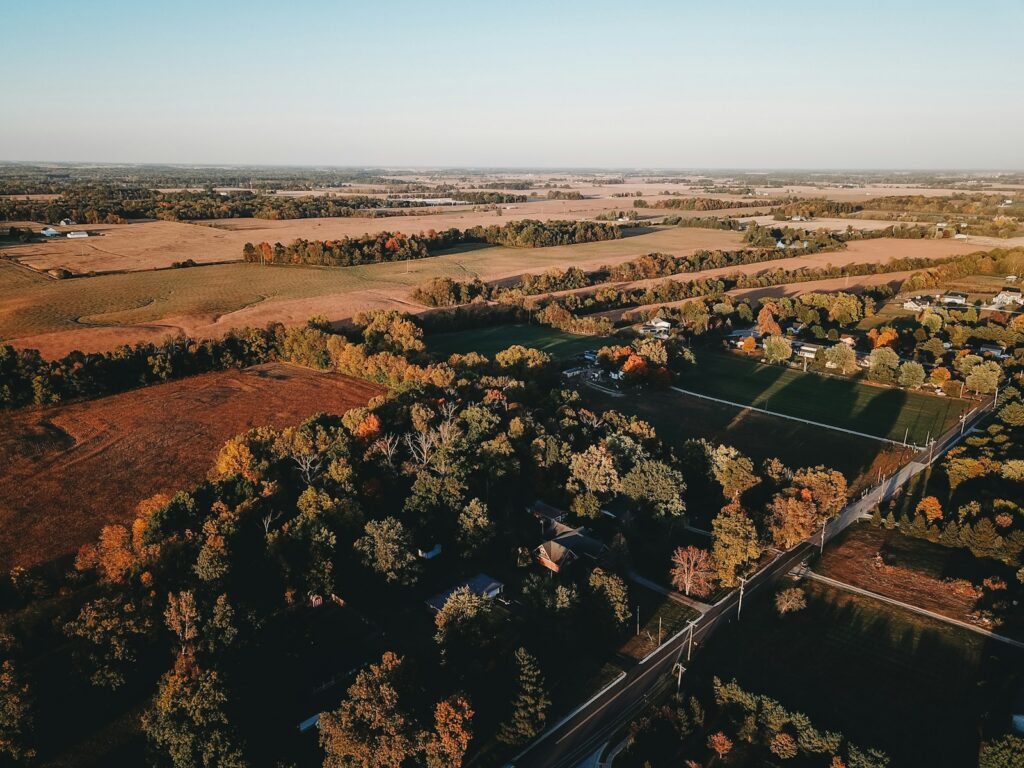
Indiana’s biggest exports are cars, coal, and pharmaceuticals. If you’ve been paying attention to this list, that should explain why it’s ranked number thirty-eighth nationally by the EPA for drinking water quality. Industrial output and coal mining wreak havoc on a state’s watershed.
New Mexico
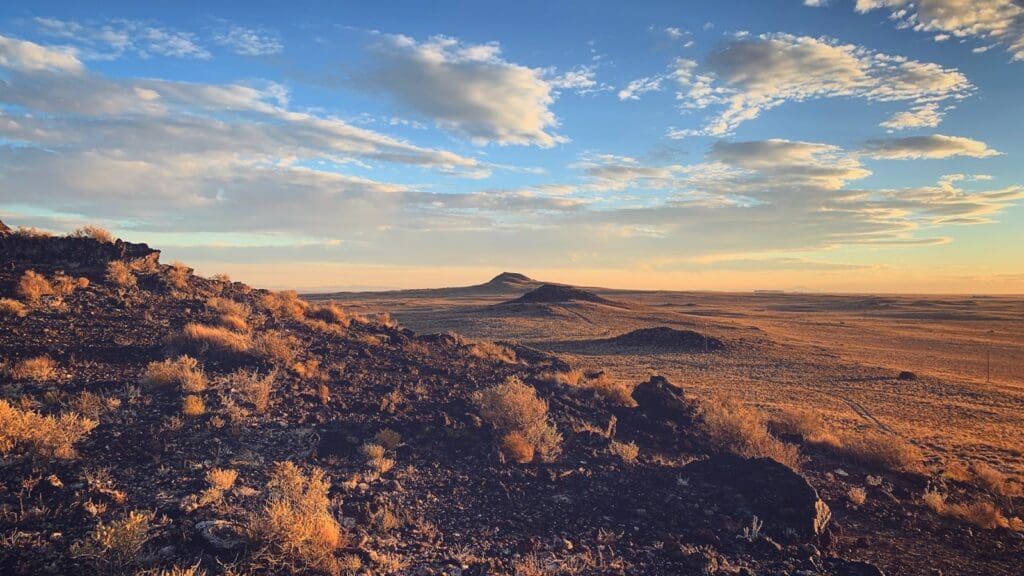
States in the desert struggle to provide clean drinking water to residents. The only real exception is Nevada, and they’re only getting away with it due to the Hoover Dam. New Mexico, for instance, is ranked forty-first nationally in drinking water quality according to the EPA’s points system.
Wyoming
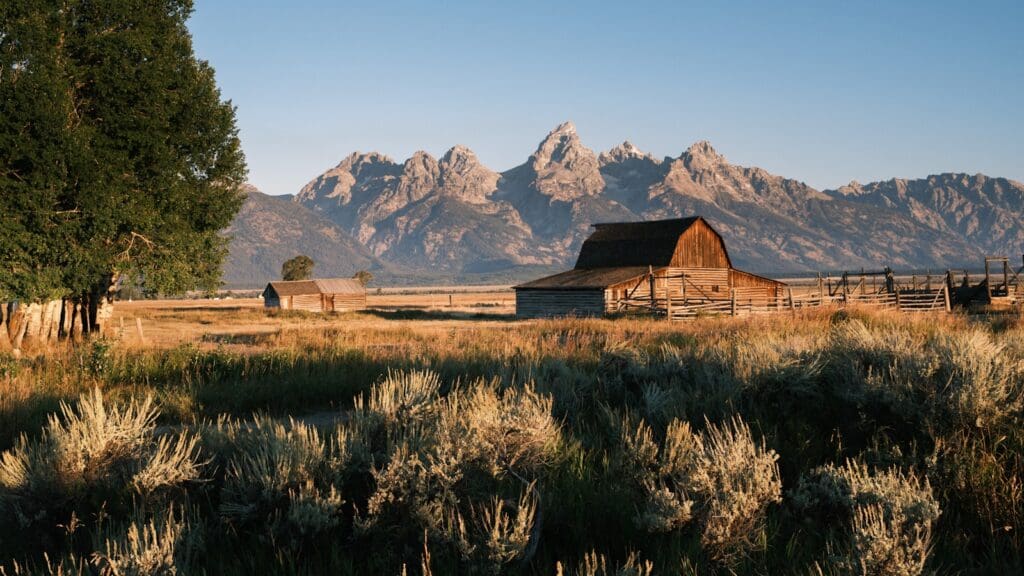
This one might be surprising. How does a state as spacious and sparsely populated as Wyoming rank forty-fourth overall in the EPA’s clean water ratings? Well, it’s got everything to due with an economic dependence on agriculture, as usual. Nitrates are terrible for the watershed.
Oklahoma
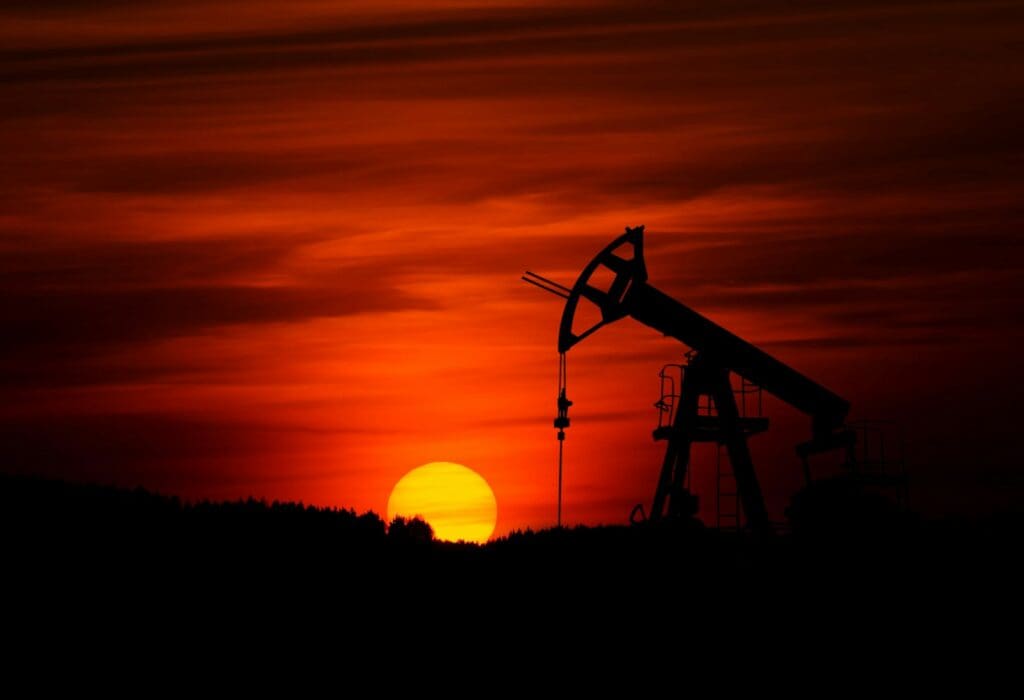
Oklahoma depends on the oil extraction industry for its local economy. Even people who own stock in oil companies can’t deny that extracting the fuel from the planet causes contaminants to enter the water supply. As such, Oklahoma ranks an abysmal forty-sixth overall in drinking water quality according to the EPA.
Arizona
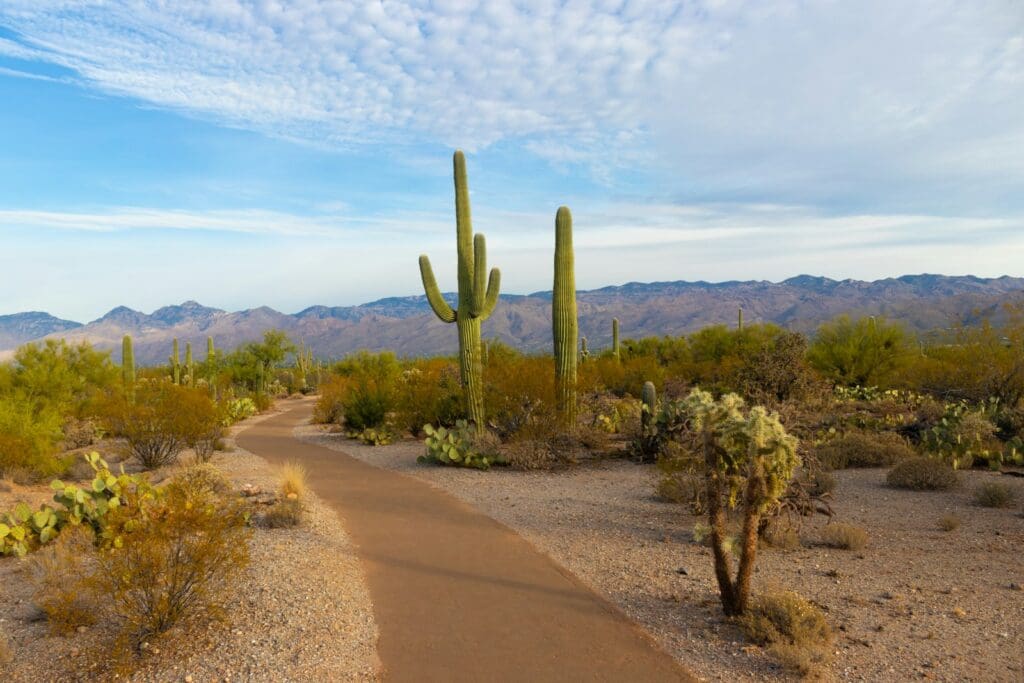
Perhaps unsurprisingly, there’s very little water in Arizona. The state is in the middle of a desert and has few watersheds to draw from. Making matters worse, there’s a high concentration of chromium-6, a known carcinogen, in tap water from Arizona.
California
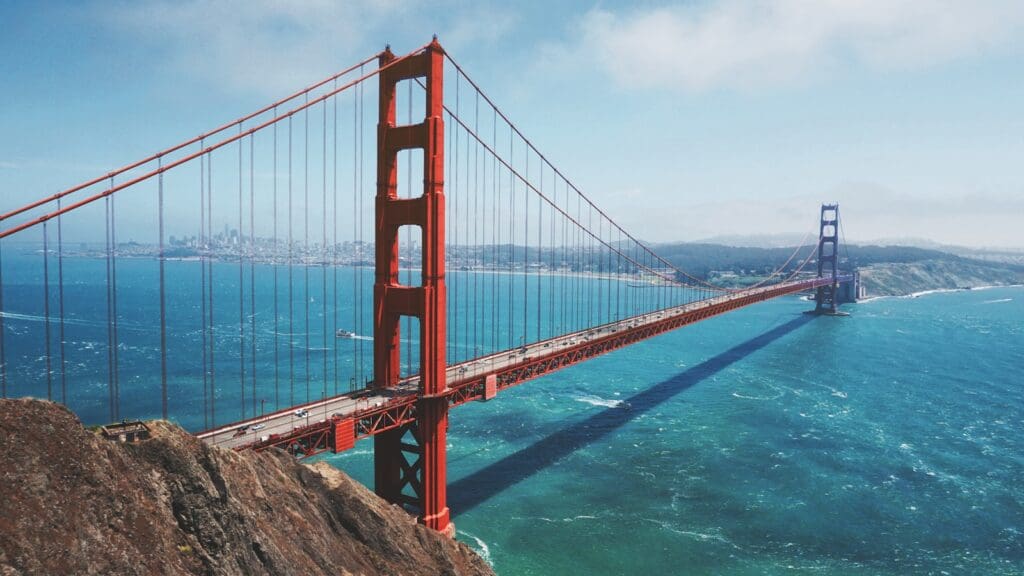
California’s terrible water quality ranking is primarily due to bad infrastructure in rural areas. Some of the most remote communities in the state have drinking water that is badly contaminated by arsenic and uranium. Also, due to the high amount of farming in the state, much of its natural water table is polluted with nitrate.
Ohio
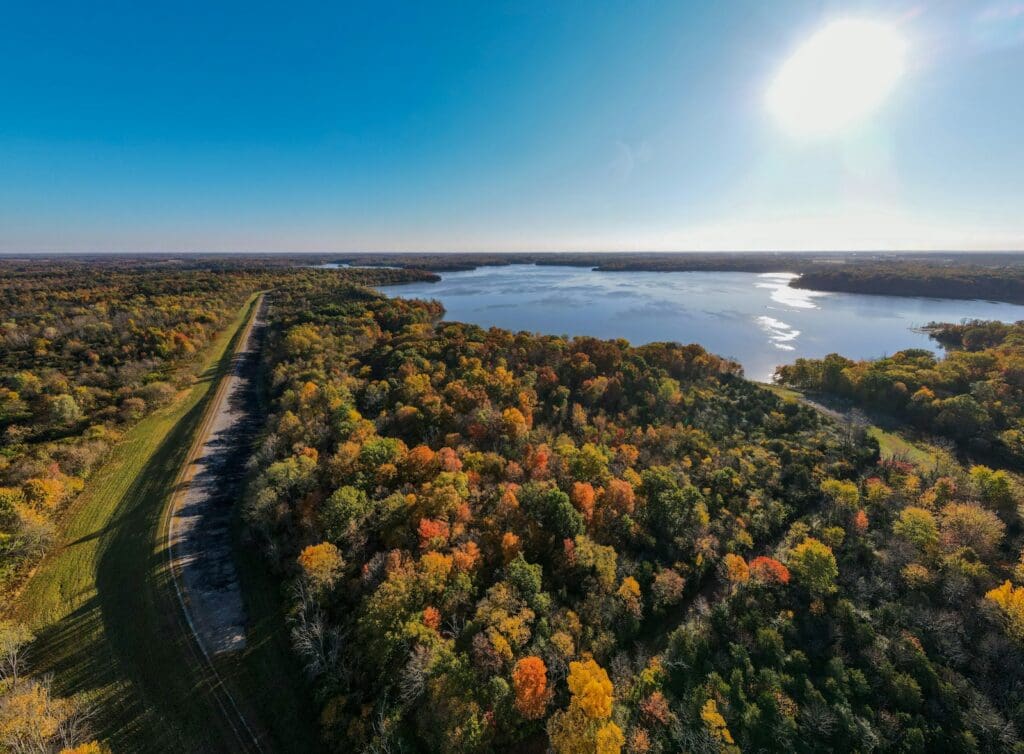
Ohio’s watershed is deeply impacted by pollution from factories. The state has more industrial output than most others in the US, but this means its drinking water is heavily contaminated with lead. There’s also smaller contaminates like iron and sulfates, but lead is the primary concern in the state.
Washington
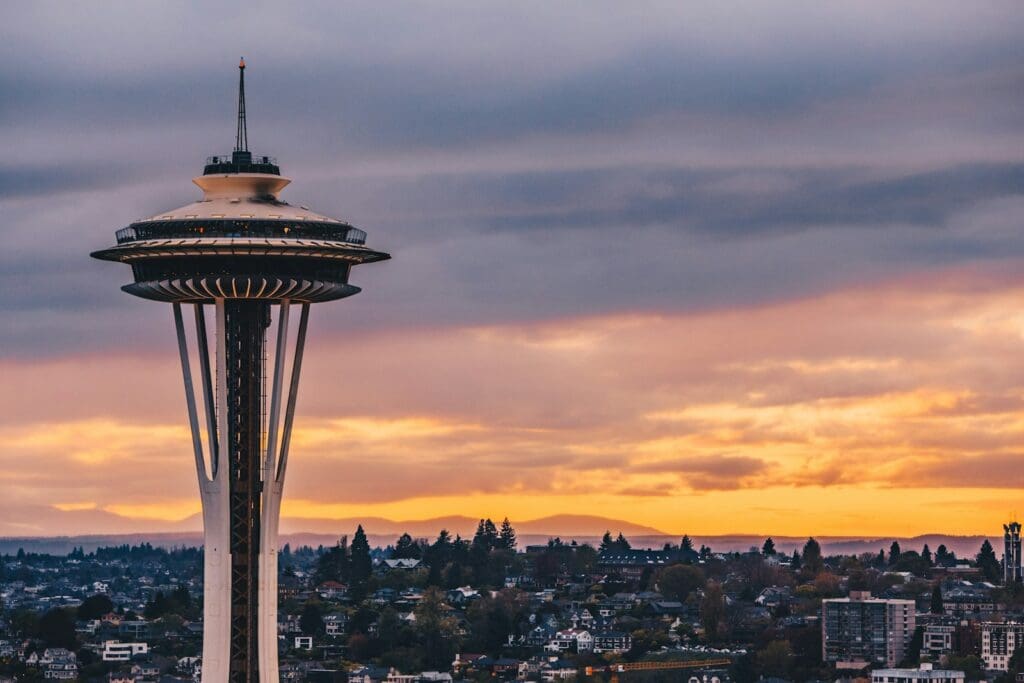
Given the state’s plentiful rainfall, you’d think Washington would have great tap water. However, all that rain means the state’s runoff is thoroughly contaminated with nasty carcinogens that get picked up by rainfall and washed into the state’s water table.
Georgia
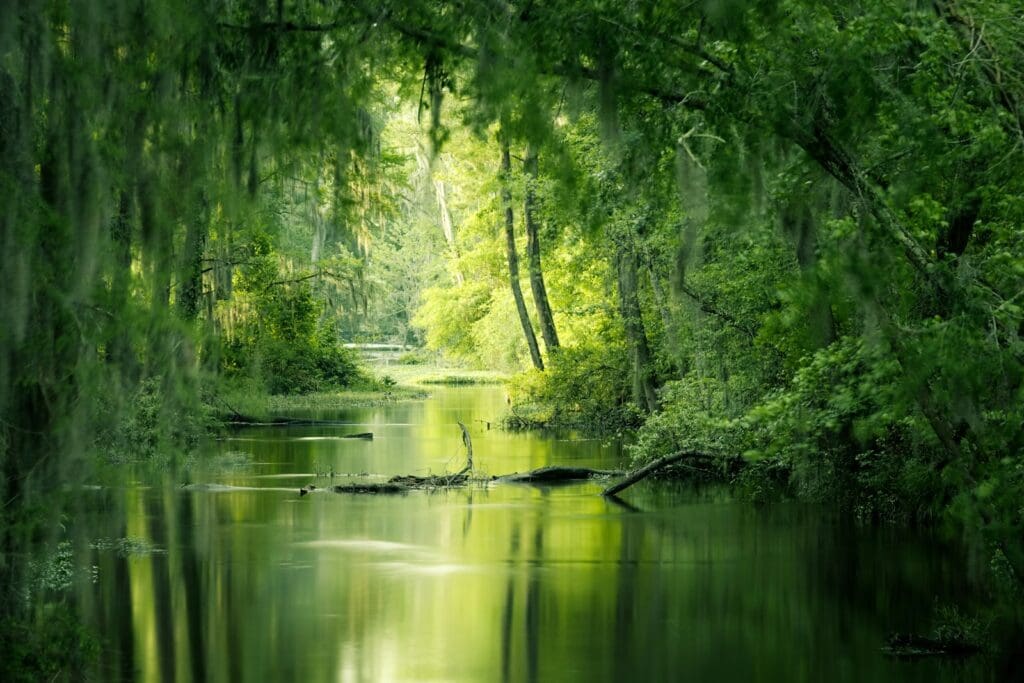
Georgia’s water is the shame of the Southeast and easily the worst in the region. Everything from arsenic, radium, chlorate, chloroform, and chromium is present the tap water in various localities in the state. Residents often complain about the poor quality of the water, but the state struggles to address contaminated wells, rivers, and streams.
New Jersey
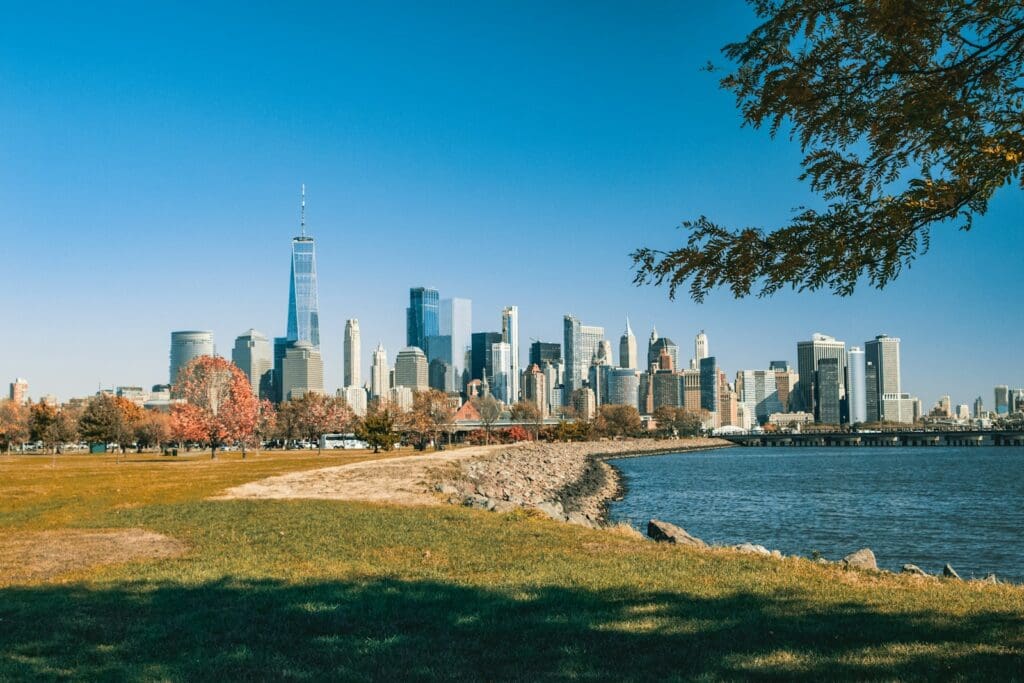
New Jersey’s position as an industrial powerhouse in decades gone by has left its water table deeply polluted. The watershed is contaminated with PFAS and PFOA, but the state is reportedly undertaking steps to remove this water-resistant chemical from its taps.
Pennsylvania
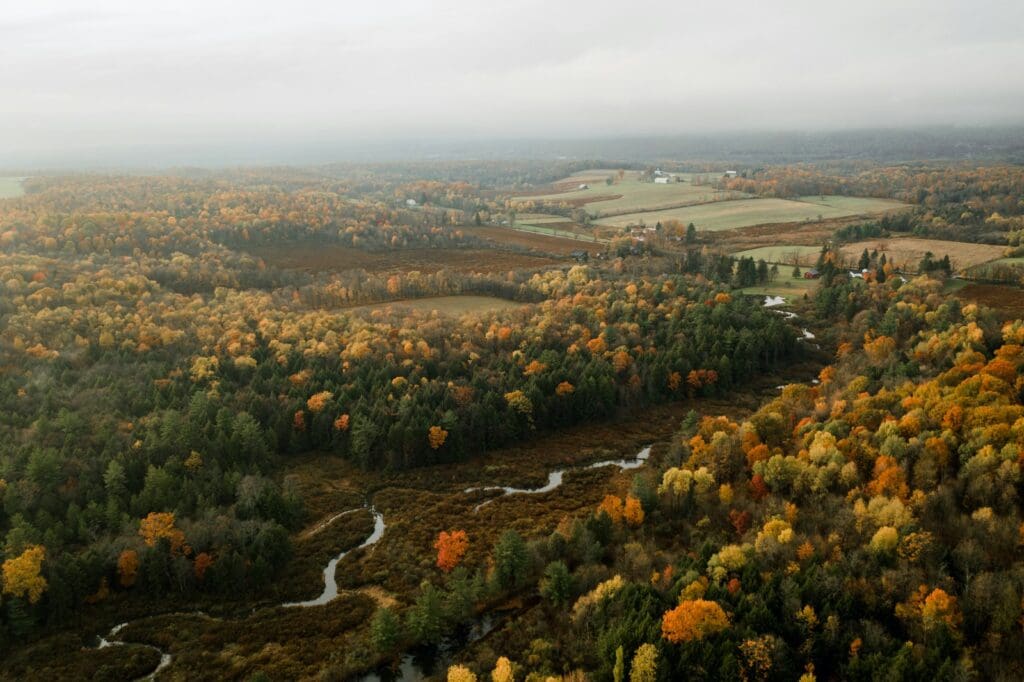
Anyone who knows a thing or two about Pennsylvania history can tell you why its tap water is among the worst in the country. The state once relied on coal mining to make any money, and that’s resulted in runoff that makes many of the streams in the state inhospitable to life, let alone capable of providing drinking water.
Florida
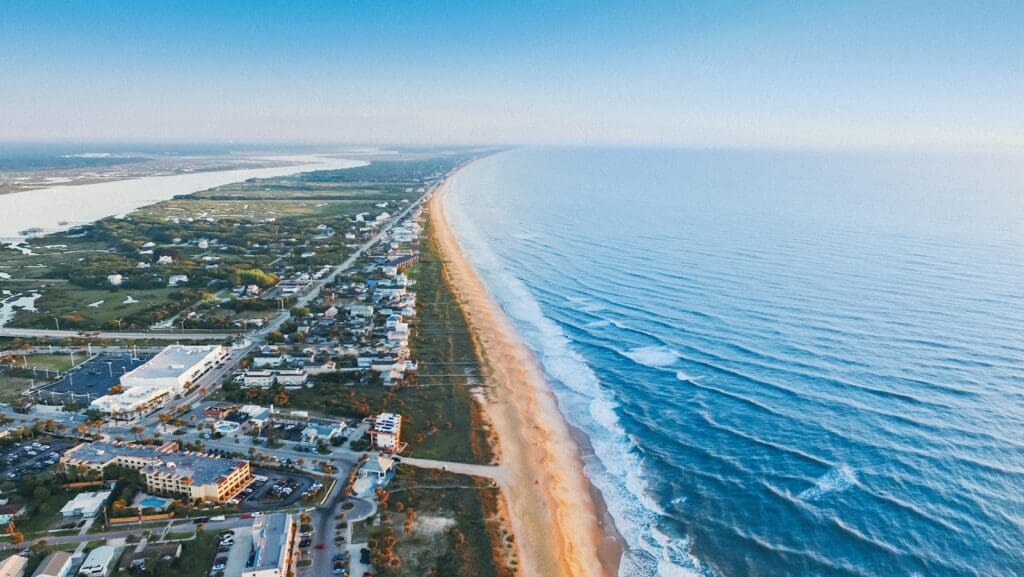
Florida’s freshwater algae blooms coupled with the 2018 red tide microorganisms in the Gulf Coast have left the state with some of the worst water in the country. These issues are further exacerbated by constant natural disasters like hurricanes that further contaminate the water table and strain public infrastructure.
Texas
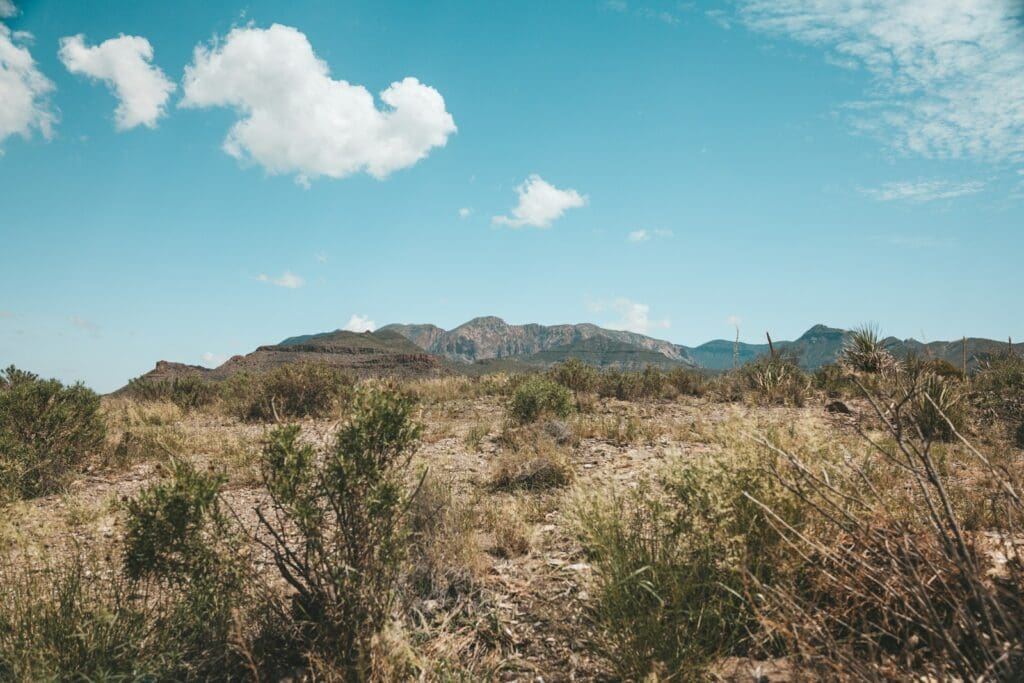
If you follow the news, it’s not surprising to learn that rural Texas has abysmal public infrastructure. The state’s lack of concern for its smallest towns is evident in the high concentrations of lead and arsenic from the tap water in these areas.
Read More: Most Humans Can Identify Hot Water by Sound, Can You?
West Virginia
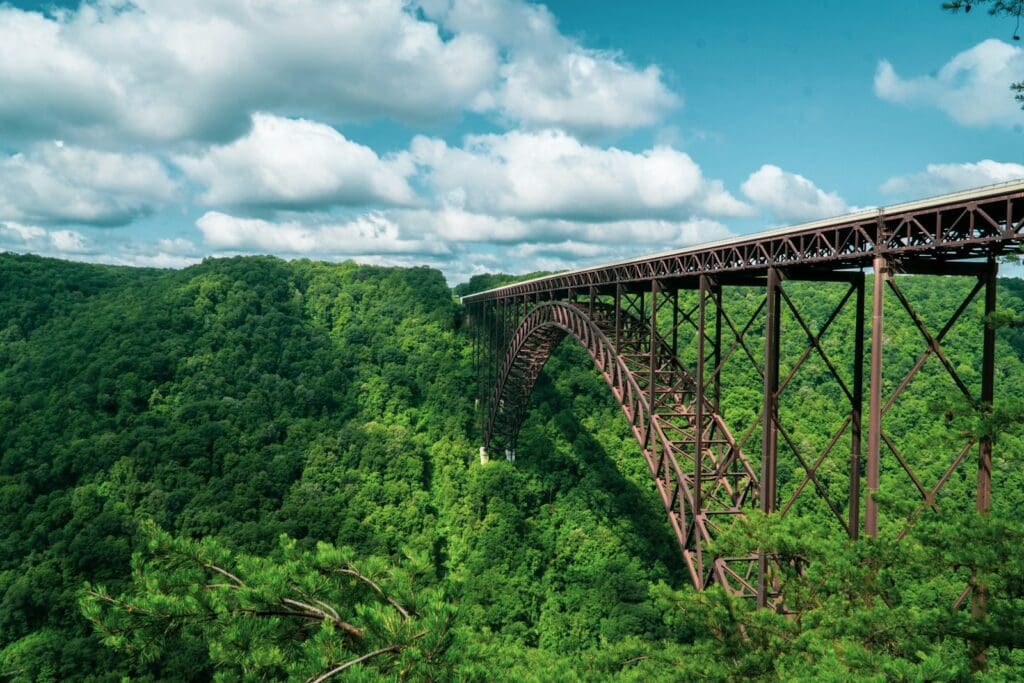
Those who have been keeping score may have noted that states that rely on mining or other natural resource extraction have terrible drinking water. The same applies to West Virginia, a state defined by coal mining and some of the nastiest water in the United States.
Read More: The Most Iconic Food From Every State
Maine
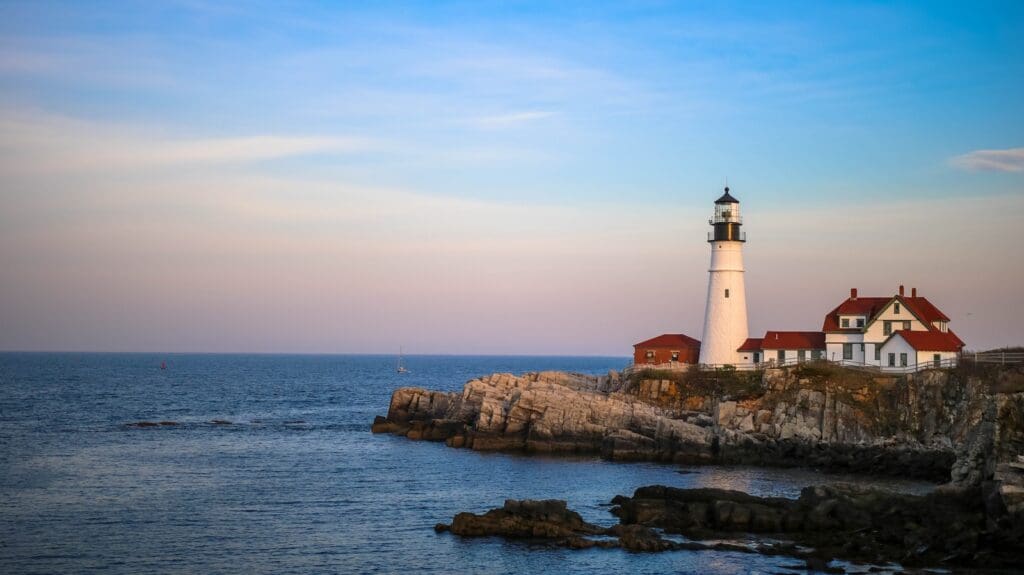
The EPA ranks Maine forty-ninth overall in drinking water quality. Why is it so awful? Well, the state is responsible for a sizable portion of the world’s pulp paper production. Paper plants have terrible runoff, causing a huge amount of contamination to enter Maine’s water table before reaching residents as tap water.
Read More: The Best University in Each State
Alaska
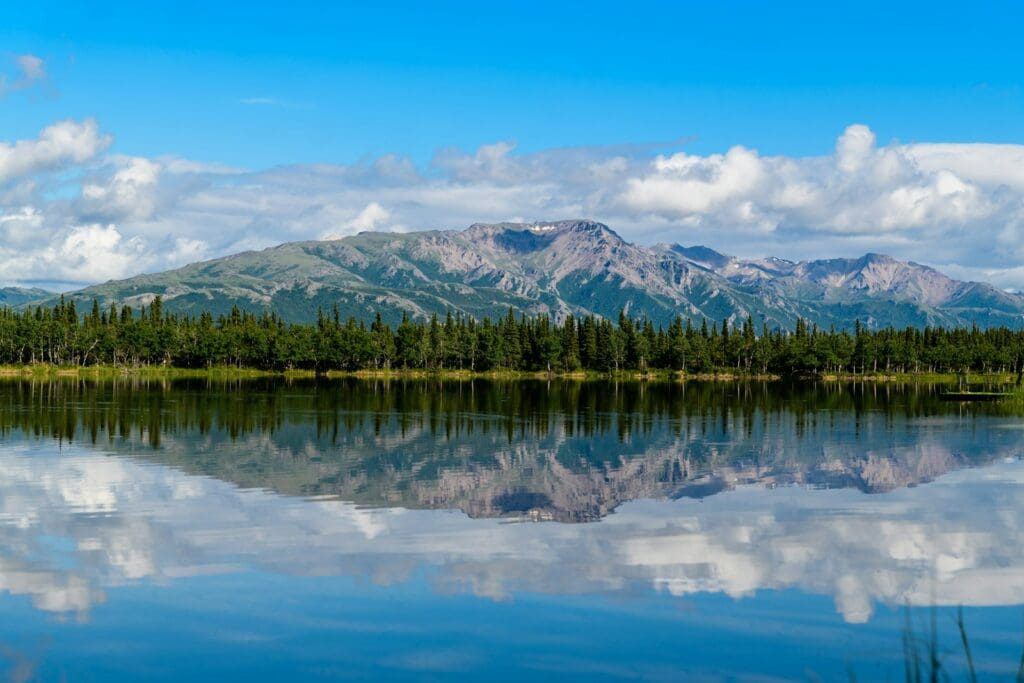
There’s no state with water worse than Alaska. It’s not surprising that this is the case, though. Alaska is by far the most remote US state and its very small population skews things like EPA rankings—where the Last Frontier ranks fiftieth overall in the US.
Read More: Here’s How Each State’s Cost of Living Ranks

